|
Find out more about opportunity cost, and why editors and proofreaders need to keep an eye on this part of their business.
|
|
Online editing training course
|
Classification in UK
|
VAT must be charged to UK customers?
|
|
EXAMPLE 1
|
Digital service
|
Yes
|
|
EXAMPLE 2
|
Not a digital service
|
No
|
|
EXAMPLE 3
|
Probably not a digital service
|
Probably no
|
|
EXAMPLE 4
|
Possibly not a digital service
|
Possibly no
|
|
EXAMPLE 5
|
Nebulous
|
Nebulous
|
Your online course and the tax authority in other jurisdictions
Anyone offering online courses in a global market must know where their customer lives. And it’s the tax authority’s rules in the customer’s jurisdiction that determine whether we need to add a consumption tax to the price.
Which can be a monumental barrier for sole-trading editors and proofreaders. Why? because here's what we need to take responsibility for.
Our consumption tax responsibilities
Small-business owners selling digital products and services internationally must have a mechanism in place to:
- ensure that our customers provide the necessary jurisdiction data on our invoices
- allow our customers to exempt themselves from the tax where appropriate
- calculate the appropriate tax rate for every customer
- review that tax rate regularly (because they change!)
- collect the tax from the customer
- remit the collected tax to every single relevant tax authority. That's right. Every single one.
That list is enough to deter any small-business owner from sharing their knowledge and charging for it. Which is a crying shame because the editorial community is passionate about training and CPD.
And the fact is that most of us don’t have the time or skills to do this work – unless we decide we're not actually going to be editors and trainers anymore, but full-time accountants instead.
Nor can we afford to hire an expensive specialist tax accountant who will do this for us – unless we want the entire exercise to become unprofitable.
So what do we do?
The solution: Find a taxation-friendly training platform
What is a Merchant of Record?
A Merchant of Record is the legal entity that usually:
- calculates the appropriate rate of tax that needs to be added to a purchase of your course
- updates that rate of tax rate in your payment gateway when necessary
- collects that tax from your customer
- remits it to the tax authority in the appropriate jurisdiction.
When we choose a training platform that acts as the Merchant of Record, or includes a third-party integration that does the same, that leaves us free to get on with the business of editorial training rather than worrying about whether we’re tax compliant in every part of the world we’re selling to.
If the platform doesn't offer that, we're the Merchants of Record, and the buck's back with us.
What’s on offer?
Some training platforms are partial Merchants of Record. PayHip, for example, calculates, collects and remits VAT in the UK and Europe for me as a UK resident. However, I’m responsible for the tax compliance in all other jurisdictions ... Cue the worry.
Some training platforms include integrations that calculate the tax but don’t collect or remit it. That’s on us or our (expensive) specialist tax accountants. LearnWorlds is an example. The Quaderno app calculates what we owe to whom, but we have to do the rest ... Cue the worry.
Some training platforms act as full Merchants of Record, meaning they calculate, collect and remit all the tax for all jurisdictions. Teachable is an example ... And relax!
Where I host my editorial training courses
- It acts as a full Merchant of Record, meaning I can focus on course creation rather than worrying about tax compliance.
- The platform is super user-friendly for me and my students.
- Teachable has a gorgeous app (iOS and Android), which is fantastic for students who want mobile access. Download it from your usual app store.
- I can brand my content appropriately.
- Multiple editorial trainers use Teachable, which means students can access our schools via a single platform.
- I can now offer payment plans that allow my students to spread the cost.
- And there's a bundles option that lets me offer you access to multiple courses ... and with big discounts!
Note that at the time of writing, trainers wanting to offer PayPal as a payment gateway in Teachable must set their course prices in US dollars.
Teachable is right for me, but any editor or proofreader embarking on online course creation should do their own research. Most platforms offer a free trial so you can get a feel for the setup, functionality and branding options.
Summing up: What to consider
- Creating and delivering online courses for editors and proofreaders has never been easier thanks to the growing number of platforms with user-friendly interfaces and multimedia functionality.
- What’s not so easy is the tax-compliance element. Many of the providers haven’t yet woken up to the implications for small-business owners operating in a global marketplace with complex and ever-changing tax rules.
- If you’re planning to teach online, make sure you understand the differences in tax rules for courses with a live component and courses that are self-directed, not just in your own jurisdiction but elsewhere too. Also bear in mind that what constitutes live tutoring might be nebulous.
- And, finally, if you decide to head down the self-directed training route, and your preferred platform isn’t offering a full Merchant of Record service, think carefully about who’s going to do that work and how much it will cost.
Related resources
- Check out my courses, their payment plans, and discounted bundles.
- Visit my Skills and training resource page to access free guidance.
- Find out how to log in and access courses you've already purchased.
She is an Advanced Professional Member of the Chartered Institute of Editing and Proofreading (CIEP), a member of ACES, a Partner Member of The Alliance of Independent Authors (ALLi), and co-hosts The Editing Podcast.
- Get in touch: Louise Harnby | Fiction Editor & Proofreader
- Connect: Twitter at @LouiseHarnby, Facebook and LinkedIn
- Learn: Books and courses
- Discover: Resources for authors and editors
Fellow editor and Excel authority Maya Berger has created a tool that will make life easy. It’s called The Editor's Affairs (TEA).
When it comes to keeping an eye on the health of my business, simple has always been my goal. I’m an editor, not an accountant.
Essentially, I want as much as possible in one place:
- Project schedule
- Project data
- Business income
- Business expenses
And when it’s time to submit a tax return to (in my case) HMRC and evaluate how things are going, I don’t want to be faffing around with several different apps and spreadsheets.
Instead, I want to see the core data at a glance … data that will tell me the following:
On a project basis:
- Hourly rate
- Start and end dates
- Fees – quotes, paid, pending and overdue
- Baselines data – word count, hours worked
- Client name, project title, how they found me
On a business-health basis:
- Which clients I earn the most money from
- The worth of each client as a percentage of my total income
- Which months are the most lucrative
- Average hourly rates
- Average speeds
- Comparison of data with the previous year
- Income to declare
- Allowable expenses to offset
I don’t want to spend ages collecting and collating this data so it’s easy to access. I want summaries that give me a number – automatically generated by the data I’ve inputted throughout the financial year.
Then, when it’s time to review my business and submit my return to the tax authorities, the numbers are ready and waiting for me.
I’ve been tracking my data for years, and while I’m fairly proficient with Excel, I’ve been aware that there’s more I could do to fine-tune my process. However, like many editors, I have neither the time nor the will. So when Maya asked me to take a look at TEA, I jumped at the chance.
So what is TEA? It’s a one-stop-shop Excel spreadsheet with lots of built-in jiggery-pokery that does all the tricky formula work for you. All you need to do is input the project (and expenses) data as it comes in.
Below are examples of some of the project data an editor can input, and the received data from TEA.
Examples of data the editor can input
- Invoice number
- Start date
- Finish date
- Date of completion
- Payment due
- Payment date
- Client name
- Notes about the job
- How the client found me
- Total word count
- Estimated words per hour
- Desired hourly rate
- Actual number of hours worked
- Amount invoiced
- Amount received
Examples of received data from TEA
- A status alert if the invoice is overdue
- An estimate of actual words/hr
- An estimate of how many hours I’d have to work to achieve my desired hourly rate
- My actual rate per hour
- My actual speed
- My actual rate per 1,000 words
- The amount I need to quote to achieve my desired hourly rate
So why is it worth investing in TEA? I identified 5 standout features that I believe make this a must-have tool.
NOTE: The numbers and client information below are for the purposes of illustration only. I made them up because my business affairs are of no concern to anyone but me!
1. Making informed decisions when quoting
TEA allows you to see the impact of the data you’re inputting on your business, and make informed decisions about how you should quote. Let’s take an example:
John Smith asks me to line edit a 100K-word novel. I estimate I can edit at a speed of 1,750 words per hour, so I input that information along with the word count.
- TEA tells me I’ll need to set aside just over 57 hours for the project.
I decide I want to earn £40 per hour. I add that data to the row.
- TEA tells me my estimated rate per 1,000 words will be £22.86.
Now I can build my quote. I type 57 into the hours-worked cell.
- TEA tells me I need to quote £2,285.71.
For argument’s sake, let’s say I know that my client’s budget is £2,000. I can temporarily add this to the amount-received cell.
- TEA tells me my rate per hour would be £35.09.
If I’m happy to work for £35.09 rather than £40 per hour, I’m good to go. If I don’t, I can negotiate with the client. The point is, I can play with the data I’m inputting and see the impact. And that means there are no surprises. I’m making informed decisions.
2. Collecting data for the future
Less experienced editors might not yet have enough older data to know how long a particular type of editing will take, or whether Client A’s work tends to be speedier to complete than Client B’s. TEA helps us build that knowledge via accrued data that we can use later on. Another example …
In April 2019, Jackie Jones asks me to proofread her 30,000-word novella. I have no clue how long it will take so I estimate a speed of 5,000 words an hour. I’m grateful for the opportunity because my business is new. I decide I’ll be happy earning anything over £20 per hour.
TEA tells me my rate per 1,000 words will be £4 and it’ll take 6 hours, so I bill for £120. I get the gig and do the work. In fact, it takes me 10 hours. I input the new data.
- TEA tells me I’ve actually achieved only 3,000 words per hour and that my hourly rate was £12, not £20.
But I’ve learned something. And when Jackie comes back to me three months later with another job with the same word count, this time I can input more accurate data, meaning I’ll earn my desired rate of £20 per 1,000 words.
3. Saving time and protecting the data
At no time am I messing around with a calculator. All I do is input the raw data and review what TEA’s analysis cells tell me.
That saves me time because TEA’s doing the maths for me.
Plus, I can’t break the spreadsheet! TEA’s analysis cells are locked so I won’t inadvertently alter the complex formulae within.
4. Client analysis
Some editors work for repeat clients – an agency or publisher, for example. In those cases, we’re not always in control of the price, and yet those clients can still be valuable because of the amount of repeat work they send us and the percentage of our overall income their business accounts for.
Knowing who our most valuable clients are is essential if we’re to avoid knee-jerk reactions to rates of pay.
If Publisher A pays me an hourly rate half that of Agency A but gives me five times as much work, I’ll want to think very carefully before canning that client because I don’t like their pricing structure.
TEA’s Client Summaries Table does what is says on the tin. It’s here that we can see a list of our clients, the percentage their business contributes to our overall income, the number of hours’ work we’ve done for them and the total income received.
Time for another example …
Let’s say I’m scowling at the row on the Income sheet because I’ve yet to crack £15 per hour from Romance Fiction Press. Just above is an entry for John Smith, the indie author from whom I earned £40 per hour.
Terrible rates, I think. Exploitative, disrespectful, unfair. I’m about to head off to a Facebook group with 10,000 editor members and have a bit of a rant. Then I’m going to tell that press where to stick it.
But hang on a mo! What does TEA have to say?
I nip onto the Summaries sheet and take a look at the Client Summaries Table.
- TEA tells me that work from Romance Fiction Press earned me £11,000, which accounts for 54% of my annual income.
- John Smith is responsible for £2,285.71, or 11% of my annual income.
Yes, John Smith is a more valuable client on a project-by-project basis but he’s not giving me anywhere near the same volume of work as Romance Fiction Press.
Instead of ranting on Facebook, I need to use that time to plan a strategy that will bring in more John Smiths or better-paying publishers and agencies. Once done, I can phase out Romance Fiction Press. That might take a couple of years of intensive marketing. Until then, the press will stay.
Perhaps I can negotiate a raise with them. Maybe there are efficiency tools I can introduce to increase my speed when I’m editing for them. And they pay on time, are pleasant to work with, and have given me loads of fodder for my portfolio that I can leverage on my website and in future marketing.
The work is regular, too, and lands on my lap without my having to promote myself to get it. And that time saved is worth something.
5. Making tracking and tax less taxing
There are two additional and extremely useful summary tables in TEA:
- The Monthly Summaries Table shows income, hours worked, expenses and charitable donations compiled from basic data the editor places in the onboard income and expenses sheets. You can see which months are most lucrative. TEA gives you a sense of the degree to which your work is seasonal, and that helps you to plan ahead and promote your business appropriately if you want to fill some gaps.
- The Allowable Expenses Table has an itemized breakdown of what you can offset against your income.
The totals are the figures you’ll report to the tax office. They’re right there in front of you – no hunting around in different apps and other spreadsheets. All the data filters through from easy-to-fill-in Income and Expenses sheets accessible via TEA’s tabs.
Isn’t the name adorable? Using TEA is like having a cuppa! And it’s all about the editor’s affairs – our business affairs.
The data the editor has to input is basic stuff that all of us have access to or can estimate with every new job or expense that comes in.
The data TEA gives takes the stress out of scheduling, accounting and analysis.
Every editor needs to understand the health of their business so that they can make informed decisions about who they work with, how much they charge and where the value lies.
When accessing that data becomes burdensome, the temptation is to wing it. TEA means you don’t have to.
Maya will be making TEA available for purchase in May 2020. For introductory rates or to learn more about customized versions for more complex accounting and analysis, check out whatimeantosay.com/tea.
***
NOTE: I have no commercial stake in TEA, though I was given a free copy to experiment with in return for feeding back my experience of using it.
She is an Advanced Professional Member of the Chartered Institute of Editing and Proofreading (CIEP), a member of ACES, a Partner Member of The Alliance of Independent Authors (ALLi), and co-hosts The Editing Podcast.
Visit her business website at Louise Harnby | Fiction Editor & Proofreader, say hello on Twitter at @LouiseHarnby, connect via Facebook and LinkedIn, and check out her books and courses.
Perhaps the price or the time frame doesn’t work. Maybe the client has been in contact with an editor who’s a better fit in terms of skills and experience.
Still, there are steps we can take to maximize our chances of turning a request to quote into paying work.
Think of quoting as targeted marketing
Every request to quote is a marketing campaign with just one recipient. We have an advantage once we’ve been asked to quote – we’re probably competing with five or six colleagues, not five or six thousand.
Since the odds are so much better, it’s worth investing time in making the quote the best it can be. A couple of lines that include a price won’t cut the mustard – unless the client has specified that they want nothing more.
Acquire relevant information
Before we can reply, we need information – a word count, the type of editing required, the levels of editing that have already been completed, the client’s preferred time frame, and a sample.
If that information hasn’t been supplied, asking for it is legitimate. A professional editor can’t quote without it.
There are advantages too: it keeps the conversation going, demonstrates an understanding of the editorial business process, and creates a foundation for trust.
Frame with solutions
A potential client doesn’t want an essay – we do need to stay on point – but we can still frame our quotations in terms of solutions to problems.
- Solution-focused language demonstrates empathy.
- Being empathized with evokes positive emotions.
Once they’re in play, the conversation’s no longer about price; it’s about a relationship. If the client’s looking for the cheapest editor, yes, this tactic will fall flat. If they’re looking for a good fit, it will give us an edge.
Linking to or attaching useful resources builds empathy and trust.
Here’s what I included in a request to quote in addition to a price (the writer had included a sample):
- a booklet about the various levels of editing
- a booklet about punctuating dialogue
- a booklet about narrative viewpoint
- an article about filter words
Each of those resources complemented a short paragraph outlining problems I’d identified in the sample, and would fix if I were to secure the project:
- Viewpoint drops
- Telling rather than showing: too much exposition of doing been done that reduced immediacy
- Punctuation and standard paragraph layout problems
And the great thing is, I can use these resources over and over. Yes, it took time to create them but they’re evergreen.
Every author I send them to gets value from them. But every time I send them, there’s value for me too: a return on my initial investment in the form of an increased likelihood of securing the job.
A client who trusts
The writer thanked me profusely ‘for such a thoughtful reply’. I got the gig. And they agreed to wait 12 months and paid the deposit promptly.
I can’t prove that those resources nailed it for me, but those words – ‘such a thoughtful reply’ – tell me the client reacted emotionally to the empathy I’d shown.
Creating that kind of content is time-consuming but the job need be done only once. After that, the resource can be used in myriad ways: marketing, quoting, linking to in reports.
When the quote’s rejected
If we don’t get the gig, should we ask why? I don’t think so. It annoys me when I decline a service or product and am asked to give reasons for my decision. It’s my business, end of story.
Receiving feedback is useful for editors, of course, but we’re asking people who have chosen another editor to spend their valuable time engaging with us. Why should they? They have other priorities that don’t involve us and we need to respect that.
If a quote is rejected, move on and focus on improving your next quotation.
More resources on business growth and pricing
She is an Advanced Professional Member of the Chartered Institute of Editing and Proofreading (CIEP), a member of ACES, a Partner Member of The Alliance of Independent Authors (ALLi), and co-hosts The Editing Podcast.
FIND OUT MORE
> Get in touch: Louise Harnby | Fiction Editor & Proofreader
> Connect: Twitter at @LouiseHarnby, Facebook and LinkedIn
> Learn: Books and courses
> Discover: Resources for authors and editors
Instead, I want to explore some ideas about how to develop your spidey sense, and use language and tools that will repel those who’d let you down.
What does ‘delay’ mean to you?
The concept of the delay is nonsense to an editorial business owner.
If a client asks you to proofread a book, tells you the proofs will arrive with you on 10 May, and requests return of the marked-up proofs a week later, and you agree to take on the job, those are the terms: proofread to start 10 May; delivery 7 days later.
You’ll schedule the project accordingly, and will decline to work for anyone else from 10–17 May. If two weeks ahead of the start date you’re told ‘there’ll be a delay’, you’ll likely have no work for 10–17 May unless you can fill that space at the last minute. Moreover, you will be booked for another project during the period when the project will become available.
To my mind, that’s not a delay. You can’t magic additional hours out of thin air. That’s a cancellation of the project terms that were agreed to by both parties.
You might decide not to invoke it as a courtesy, but having it could reduce the likelihood of having to make the decision.
Is ‘deposit’ a strong enough term?
The word ‘deposit’ should be strong enough as long as the refund terms are clear. Still, you might want to couch your language along the lines of what editor and book coach Lisa Poisso calls ‘real money’.
I don’t refer to deposits in my terms and conditions. I call them booking fees. A fee is a payment. It’s the language of money. ‘Deposit’ as a noun has a broader mass-of-material meaning; as a verb it means to place something somewhere. Maybe, for some people, it has a softer feel to it.
The following might also work for you:
- down payment
- advance payment
- prepayment
What you charge upfront is up to you. Some editors charge a 50% booking fee rather than a flat rate. Some require one third to secure the booking, another third just before editing starts, and the remaining third upon completion of the project. You can define your own model.
Do you have a booking form?
You and a client can agree to your providing editorial services via email, and emails count contractually. But how about requiring a specific additional action, one that reinforces a sense of commitment?
Asking someone to fill in a booking form that confirms they have read, understood and agreed to your terms and conditions, including your booking fee and your cancellation policy, means they have to make a proactive decision to commit.
When it comes to filling in a form and ticking boxes, a non-committed client is less likely to feel comfortable than a good-fit one because it feels more formal.
You can create a PDF booking form that you’ll email manually, or create the form on your website. My choice is the latter. I include it below my T&Cs. That way, the booking and the terms are closely linked.
Here’s a screenshot of mine. Notice the boxes that must be checked in order to confirm the booking.
Even if someone is prepared to fill in a form and check some boxes, agreeing to a contract might make them think twice. That has a more legally binding feel about it; it’s more formal. And it might be the thing that repels someone who’s going to let you down.
My T&Cs state that the booking-confirmation form is an agreement to the contract of services between me and the client, and the phrase ‘Contract of services agreement’ in the heading is what appears when they click on the booking-confirmation form button.
In the main, your website should be client-focused. It should make the client feel that you understand their problems, are able to deliver solutions, and understand what the impact of your solutions will be.
Your brand voice should sing out loud. In my case, for example, that means using a gentle, nurturing tone.
However, when it comes to your terms and conditions, forget all the touchy-feely stuff – this is where you and the client get down to business. It’s in everyone’s interests to know what’s what.
That might mean that your T&Cs are rather dull and boring. No matter. It’s the one place on your website where you’re allowed to be dull and boring!
I feel like chewing my own arm off when I read my T&Cs but I don’t want any of my clients in doubt about what I’m offering and what they’re getting.
Think about the following:
- How much do you charge for a booking fee or advance payment?
- What are the penalties for cancellation and when do they kick in?
- Is final payment required before the edited project is delivered to the client?
- If you’ll deliver first, will payment be required immediately? Within 7 days? Within 30 days?
- Are there penalties for late payment of the final invoice?
- Does your booking form require confirmation that your terms have been read, understood and agreed to?
A non-committed client will be repelled if your terms put them at risk. A good-fit client will feel reassured that they’re dealing with a fellow professional who takes the editing work as seriously as they do.
Are the basics front and centre?
Many editors place links to the detailed contractual stuff in their website’s footer, which means the T&Cs are almost invisible. Even a good-fit client probably won’t see or read your T&Cs during their initial search for editorial services.
That’s the case on my website. If it’s the same for you, consider placing the basics front and centre.
I’ve created a box on my contact page that spells out the non-refundable booking fee I charge.
Spotting red flags
Developing your spidey sense can reduce the likelihood of becoming entangled with those who’ll back out of confirmed bookings or fail to pay.
- The person tells you they want to go ahead and hire you for a specific time frame but doesn’t fill in the booking form, or you have to nudge them several times. This could indicate that they’re not yet committed to working with you.
- The person fills in the booking form but fails to pay your booking fee. This is a strong indicator that the funds are not in place, and might never be.
- The person fills in a booking form and pays the fee but seeks to change the terms they booked under. This is a strong indicator that they’re not in the right mindset to commit to your editing services.
- The person is consistently slow to respond to emails during the initial discussion phase, and needs frequent nudging about the state of play. This might indicate that they don’t take your business offering seriously.
- The person gives you conflicting information about what’s required, or repeats questions about money and dates that you’ve already answered. This indicates they’ve not read your correspondence properly, which could lead to problems later.
- The person hasn’t begun the writing process, or has but isn’t sure when they’ll finish. If you don’t keep in regular touch with the client to check the project’s on track – which is time-consuming – the project could go off the rails and you’ll be none the wiser.
Summing up
I hope these tips help you avoid non-committed clients and safeguard your business. Even if you implement some of my ideas, there are no guarantees unless you ask for 100% of your fee upfront. However, rest assured that most clients are honest, committed and trustworthy individuals who are a pleasure to work with.
As for those who blow you out, a few are scoundrels. Others aren’t but are thoughtless and haven’t taken the time to understand the emotional and financial impact of cancellations and non-payment. Others have got cold feet. And some have been struck by unusual or extraordinary circumstances like bereavement. Most don’t mean to cause distress or place editors in financial hardship, even though those are two very real potential outcomes.
By using real-money language and action-driving tools, we can build stronger bonds of trust with those who are serious about working with us, and repel most of those who aren’t.
More resources
She is an Advanced Professional Member of the Chartered Institute of Editing and Proofreading (CIEP), a member of ACES, a Partner Member of The Alliance of Independent Authors (ALLi), and co-hosts The Editing Podcast.
- Get in touch: Louise Harnby | Fiction Editor & Proofreader
- Connect: Twitter at @LouiseHarnby, Facebook and LinkedIn
- Learn: Books and courses
- Discover: Resources for authors and editors
- on the individual editor
- on which industry surveys and reports you read
- on the required turnaround time
- on the complexity of the project
First of all though, a quick word on whether you should bother and, if you do, what type of service you should invest in.
Do you have to work with a professional editor?
Not at all – it’s your choice. That’s one of the biggest benefits of self-publishing. You get to stay in control and decide where to invest your book budget.
However, I absolutely recommend that your book is edited ... by you at the very least, but ideally by a fresh set of eyes, and even more ideally by a set of eyes belonging to someone who knows what to look out for. And the reason for that recommendation is because 99.99% of the time, editing will make a book better.
We can all dream about first-draft perfection, but it’s pie in the sky for most, even those who edit for a living.
I’m a professional line editor, copyeditor and proofreader, and today I wrote a guest blog post for a writer. I wrote, and then I edited ... first for content, then for flow, then for errors. I found problems with each pass.
That’s not because I can’t write. It’s not because I can’t string a sentence together. It’s not because I didn’t edit properly in the first round. The reason I found problems is because writing is one process – editing is another:
- When we write, we’re focused on the telling of the story – and all writing tells a story of one kind or another, whether it’s fictional, academic, professional, technical or scientific.
- When we edit for content, we’re looking at the big picture – whether the structure works.
- When we edit for flow, we’re looking at the sentences – how they work and feel.
- When we edit for errors, we’re going even more micro – spelling, punctuation, grammar, consistency.
And the different types of editing attend to different kinds of problems and have different outcomes. Trying to do everything at once is like trying to mix a cake, bake it, ice it, eat it, and sweep up the crumbs all at the same time.
Breaking down the writing and editing processes into stages is a lot less messy, and the quality of outcomes is much higher.
Still, that has a cost to it, and it’s a cost that the self-publisher will have to bear because there’s no big-name press to bear the burden for them.
The independent editing market is global and diverse. Editors specialize in carrying out different types of editing. Some specialize by subject or genre. They have different business models and varied costs of living. And that means that despite what you might read in this or that survey, there is no single, universal rate.
Neither is there a universal way of offering that rate:
- Some editors charge by word
- Some editors charge by hour
- Some editors charge by page
- Some editors offer a flat fee
My preference is to charge on a per-word basis, subject to seeing a sample of the novel. Because economies of scale come into play with longer projects, my per-word prices decrease as the project length increases.
For example, in 2020, I charge 7.5 pence per word for a 1,000-word sample edit, but the fee is 20% cheaper if I'm line editing a 5,000-word story and 50–60% cheaper if I'm dealing with an 80,000-word novel.
And so it depends on the parameters of the project.
Some editors charge more than me, some less, and some the same. My colleagues live all over the world, and fluctuations in the currency-exchange markets mean that comparisons will yield different results from day to day.
Some professional organizations suggest or report minimum hourly rates for the various levels of editing. They’re ballparks, nothing more, for reasons outlined below the table (fees correct as of July 2019).
|
Organization
|
Developmental editing rate per hour 2020
|
Copyediting rate per hour 2020
|
Proofreading rate per hour 2020
|
|
Chartered Institute of Editing and Proofreading (CIEP) (UK)
British pounds |
£34.00
|
£29.60
|
£25.40
|
|
Editorial Freelancers Association (USA)
US dollars |
US$45–55
|
US$30–60
|
US$30–35
|
|
€40+
|
€40
|
€25–35
|
|
|
National Union of Journalists (UK)
British pounds |
£30
|
£28
|
£24
|
Do these figures bear any relation to what individual editors charge? Sometimes but not always. Most organizations recognize that these reported prices don’t always reflect market conditions, and they’re right to do so. Many editors and proofreaders, myself included, aim for rates at least 30% higher.
Why? Because that’s what it takes for our businesses to be profitable. Editing and proofreading aren’t activities we do in our spare time. They're not side hustles. They’re careers that enable us to pay the bills. If we can’t meet our living costs, we become insolvent, just like any other business owner.
The problem with these ballparks is that they don’t reflect the speed at which an individual works, the complexity of each job, the time frame requested, or the editor’s circumstances.
An additional problem is that how these organizations define ‘proofreading’, ‘copyediting’ etc. might not reflect an author’s understanding of what the service involves, or what an editor has elected to include.
And then there’s the age-old issue of currency-exchange rates. What might seem a high rate to you one day could turn into something quite different the next, and not because the editor’s or the author’s life has changed, but because of Trump, or the Bank of England, or a hung parliament here, or a banking crisis there.
Bear in mind that independent editors are professional business owners, and just like any other business owner they are responsible for tax, insurance, sick pay, holiday pay, maternity/paternity entitlements, training and continued professional development, equipment, accounting, promotion, travelling expenses, pension provision, and other business overheads.
The table below gives you a rough idea of the speed at which an editor can work. Again, we’re dealing with ballpark ranges because the true speed will depend on the complexity of the project and how many hours a day the editor works.
|
Developmental editing speed
|
Copyediting speed
|
Proofreading speed
|
|
250–1,500 words per hour
|
1,000–2,500 words per hour
|
2,000–4,000 words per hour
|
|
80K-word novel:
53–320 hours or 2.5–12 weeks |
80K-word novel:
32–80 hours or 1.5–3.5 weeks |
80K-word novel:
20–40 hours or 1–2 weeks |
The figures in the table above represent a working day of around 5 hours of actual editing. Additional time will be spent on business administration, marketing and training.
Here’s how costs might begin to creep up. Imagine you ask your editor to copyedit your 80K-word novel. The editor estimates the job will take 50 hours, or two weeks. You need it in one. If you want to work with that editor, they’re going to have to work 10 hours a day, not 5. That means they have to pull 5 evenings on the trot in addition to their standard working day.
That evening work is when they spend time with their families, recharge their batteries, catch up with friends, support their dependents, carry out the weekly food shop, help their kids with the homework ... normal stuff that lots of people do.
If you want them to work during that time, it’s probably going to cost you more. For example, I charge triple my standard rate because my personal time is valuable to me – and to my child, who will need bribing!
The more the editor has to do, the longer the job will take and the higher the cost.
Some authors might not be aware of the different levels of editing and what each comprises. And editors don’t help – we define our services variously too!
For that reason, sometimes it makes sense to move away from the tangled terminology and focus on what each project needs to move it forward. An author might ask for a ‘proofread’ but the editor’s evaluation of the sample could indicate that a deeper level of intervention will be needed ... something more than a prepublication tidy-up.
I’ve copyedited novels whose authors had nailed narrative point of view at developmental editing stage, so I didn’t have to fix the problem. I’ve also copyedited novels in which POV had become confused. The sample-chapter evaluation highlighted the problem, and I had to adjust my fee to account for the additional complexity.
So, there we have it – 1,300 words that tell you not what editing and proofreading will cost, but what they might cost, depending on this, that, and everything else!
Here are some ideas for how to reduce your costs.
GENERAL MONEY-SAVING TIPS
- Do some pre-editing prep. Familiarize yourself with the different levels of editing so you do the right kind of editing at the right time. This booklet offers some guidance: Which Level of Editing Do You Need?
- Call on friends, family and writer buddies. It goes without saying that you want people on board who have the appropriate language and story-craft skills.
- Plan ahead to avoid premium fees for rush work. Start sourcing your editor several months before you need them – that way you can find the right editor to fit your needs and your budget. Here’s some guidance on how to find editorial professionals: How do I find a proofreader, copyeditor or developmental editor?
- Get quotes along with sample edits. These will enable you to compare how the work of several different editors, and what they're charging, makes you feel. Some editors charge a small fee for samples to cover the couple of hours they devote to the project.
SAVING MONEY ON DEVELOPMENTAL EDITING
Hone your story craft by reading books, taking writing courses, and joining writing groups through which you’ll be able to access fellow scribes! You can critique each other’s work and help each other with self-editing. I recommend these books:
- How Not to Write a Novel (Howard Mittelmark and Sandra Newman)
- The Magic of Fiction (Beth Hill)
- Write to be Published (Nicola Morgan)
Rather than commissioning a full developmental edit, you could pay for a critique or manuscript evaluation, or a mini edit. Those will help you to identify what works and what doesn’t so that you can make the adjustments yourself.
SAVING MONEY ON LINE EDITING
Hone your sentence-level mastery, again through books, courses and groups.
Some editors offer mini line edits for this stage of editing too. Here, the editor offers a line-by-line edit on several chapters and creates a report on the sentence-level problems with the text with recommendations for fixing them. The author can then refer to the mini line edit and mimic the sentence smoothing and tightening.
This kind of service is particularly useful for beginner authors who already know they’re prone to overwriting.
And I have a book you might find useful:
- Editing Fiction at Sentence Level (Louise Harnby)
SAVING MONEY ON COPYEDITING
Learn how to use Word’s amazing onboard functionality, and macros and add-ins that flag up potential errors and inconsistencies. Here are some tools you can use:
- Watch this video. Use Word’s styles to format the various elements of your book consistently: Visit my Writing resources page and scroll down to this video: Self-editing your fiction in Word: How to use styles
- Download this booklet and use find/replace to locate and remove a whole bunch of nasties: The Author's Proofreading Companion
- Create a style sheet, so your editor doesn’t have to. This article includes a free style-sheet template: What's a style sheet and how do I create one? Help for indie authors
- Run a spell check
- Hunt out words you often confuse using this macro: Using proofreading macros: Highlighting confusables with CompareWordList
- Check the consistency of your proper nouns with this macro: A nifty little proofreading and editing macro: ProperNounAlyse
- Create a word list and check your spelling consistency using TextSTAT: How do I find spelling inconsistencies when proofreading and editing?
SAVING MONEY ON PROOFREADING
If you’re working on designed page proofs, there are a series of checks you can take your novel through.
- Download this checklist: How to check page proofs like a professional
- Proofreading is the final prepublication tidy-up, but if you’re working in Word you can also use the tools I listed in the copyediting section above.
- Check out this article of useful tools too: 10 ways to proofread your own writing
That’s it! I hope this article has given you a sense of what you might have to spend, and how you might be able to save during the editing process.
She is an Advanced Professional Member of the Chartered Institute of Editing and Proofreading (CIEP), a member of ACES, a Partner Member of The Alliance of Independent Authors (ALLi), and co-hosts The Editing Podcast.
Visit her business website at Louise Harnby | Fiction Editor & Proofreader, say hello on Twitter at @LouiseHarnby, connect via Facebook and LinkedIn, and check out her books and courses.
Some might tell us it’s a bum job, that we should run a mile. But is it? Should we? Would acceptance be a compromise or an opportunity?
Ideal is something to aim for but rarely what lands in our laps, especially in the start-up phase of a business.
- Perhaps the fee is a lot lower than we’d like or than some of our editing friends are earning.
- Perhaps the subject or genre on offer isn’t what we dreamed of when we set up our business.
- Perhaps the client is a publisher whereas we’d prefer to work with corporates.
- Perhaps the client wants the project completed in a time frame that means we’d have to work outside our preferred office hours.
The challenge of visibility
Being discoverable is a challenge for many new starters. Ideal projects are out there, but the editor or proofreader isn’t yet visible enough in the relevant spaces.
And even if they can be found, they might not yet have enough experience to instil the trust that leads to initial contact.
Broadly, it’s easier to get in front of publishers because we know who and where they are. They’re used to being contacted by us, too, so we can go direct and cold.
With non-publishers, it’s more difficult. Not every business, charity, school, indie author, or student wants an editor or understands the value we might bring to the table. Going direct and cold is a trickier proposition.
The issue of trust
It’s not just the mechanics of visibility. Emotion plays a part too, especially trust.
Non-publisher clients are more of a challenge. They might not be familiar with the different levels of editing.
Many will not have worked with a professional editor before.
Some – for example fiction writers – might be anxious about exposing their writing to someone they don’t know.
And for the inexperienced client, evaluating a good fit is more difficult.
In the start-up phase of business ownership, editors and proofreaders with less experience might therefore find it easier to acquire work with publishers than with non-publishers.
The choices on the business journey
So visibility and trust issues mean that new entrants to the field might not have the same breadth of choice as the more mature business owner.
It might mean deciding to accept work that isn’t ideal in the shorter term.
We could describe this as a compromise, but might it in fact be an opportunity?
Does the terminology matter?
I believe the terminology does matter because a compromise has negative connotations.
- A compromise implies a cost; an opportunity implies a benefit.
- A compromise implies a loss; an opportunity implies a win.
- A compromise puts us on the back foot; an opportunity pushes us forward.
Negatives leave us feeling dissatisfied, that we’ve been ripped off, that we’re not in control. We’re more likely to begrudge the choices we’ve made.
Positives are empowering. We’re more likely to see the choices we’ve made as rational and informed.
All of this might sound like a mindset game but there’s more to it than that. Decisions to accept work that isn’t ideal have measurable benefits.
However, we need a longer-term approach, and that can be tough for the new starter who’s surrounded by colleagues who are booked up months in advance with the work that they want.
If that sounds like you, think of your editing business like a garden.
The editorial garden
What you do this year is not separate from what will happen next year, or the year after, or five years down the road. All the choices you make on your business journey are connected.
If you don’t plant anything, however, nothing will spout, not now, not next year, not five years down the road. You will be treeless.
Is planting the seeds a compromise? I don’t think so. It’s the opportunity to grow a tree.
Should we begrudge all that work of watering and feeding for just a few green shoots in this season? Again, not to my mind. The effort we make now will bear fruit later.
Our businesses are the same.
A patch of my editorial garden
I thought it might be helpful to share a story about my own business journey. It’s about how I accepted work that was way below my ideal price point, and did so with pleasure, because I believed I’d be able to leverage it later.
See these books?
- The Rats – this is a reissue of one of the UK’s most famous horror author’s first novels.
- Dracula – this is the centenary edition of possibly the most famous Gothic horror ever written.
- Then we have the Pulitzer-prize-winning A Visit from the Goon Squad.
- Three Moments of an Explosion is a short-story collection from one of the hottest ‘weird’ fiction talents in the market.
- And even if you haven’t read the books, you’ve probably heard of or seen the movie adaptations of The Stepford Wives and Cool Hand Luke.
These are some of the books I was commissioned by publishers to proofread a few years ago.
I proofread these books for about 13 quid an hour.
These days, I aim to earn between £35 and £40 per hour. It doesn’t always work out that way, but I hit my mark in the last financial year when I averaged out my annual project earnings. A few years ago, my aim was around the £30 mark.
Those books pictured above earned me less than half what I was aiming for. Did I compromise? Well, it depends how you look at it.
If, however, I decide that each decision I make can affect my choices down the road, that the walls around those individual decisions are permeable, it’s a different story. If I think that what I’m earning now is because of my decision to accept those proofreading projects, it’s a story of opportunity.
Authors make decisions to work with editors based on a whole host of factors, but the first step is deciding to get in touch in the belief that the person they’ve found feels like a good fit.
Back to trust
To take one example, those of us who edit fiction for self-publishers are asking those authors to put their novels into the hands of complete strangers.
Many of those authors have never worked with an independent editor. Some are anxious about the process of being edited. And for some, the editor’s might be only the second pair of eyes to read the text.
It’s a big ask that takes courage. And that’s where the trust comes in.
The editor who can instil trust quickly is more likely to compel authors to make the leap and hit the contact button.
And what better way to instil trust than offer a portfolio of mainstream published books written by big-name authors?
And that’s how I leveraged those half-my-ideal-fee books. They tell an anxious indie author that publishers of big-name books trusted me a few years ago. And that helps the author trust me now.
Those proofreading projects – and the £13 ph fees that came with them – encourage authors to contact me now, and trust that my £35–£40 ph line/copyediting fee is a worthwhile investment. And I know it’s true because they’ve told me it's so.
I didn’t compromise. I planted a seed. Now the tree has grown, and I’m able to harvest the fruit. I had to wait a few years but the decisions I made then affect the choices I have now.
And that’s how an editing garden grows.
Your choice
I’m a great believer in leveraging for future opportunity. It’s not everyone’s bag. It doesn’t fit with every editor or proofreader’s business model. And that’s fine.
I offer this not as THE way of thinking, but as one approach. It’s something that those at the beginning of their journey might like to consider if they are still building visibility, but struggling with the age-old rates debate!
As independent business owners, we are free to accept or decline fees from price-setting clients as we see fit. We are also free to propose rates that meet our individual needs, regardless of what our colleagues are offering.
If you’re offered work, can see the benefit of that work for your portfolio, but can’t stomach the price, decline. But if you wish to accept, even though others tell you the price is ‘too low’ or ‘unfair’, go for it.
The hive mind of the international editorial community is there to offer support and to share its wealth of experience, but no one knows your business and your needs better than you!
More resources
She is an Advanced Professional Member of the Chartered Institute of Editing and Proofreading (CIEP), a member of ACES, a Partner Member of The Alliance of Independent Authors (ALLi), and co-hosts The Editing Podcast.
- Get in touch: Louise Harnby | Fiction Editor & Proofreader
- Connect: Twitter at @LouiseHarnby, Facebook and LinkedIn
- Learn: Books and courses
- Discover: Resources for authors and editors
Rate talk can trip us up if we're not careful.
And while it can be interesting to listen to colleagues’ opinions of whether a fee is low or high, their views might not be in any way useful for us because we need to make decisions based on our circumstances, not someone else’s.
Proofreader A lives in Oxnard, CA, USA. She tells her colleagues in an online forum that she’s accepted an offer from an agency to proofread 4,000 words for US$25.
The job is budgeted to take one hour. Some of her US colleagues say that the rate is unacceptably low; some even believe that she’s encouraging a race to the bottom by accepting such a fee from an organization whose rates are clearly unfair.
Meanwhile, Proofreader B, who lives in Manchester, UK, is reading the forum thread.
- It’s January 2017 and the exchange rate is 1 GBP = 1.22735 USD, which means that US$25 converts to £20.36.
- Roll back to early 2016, some months before the UK’s referendum on membership of the European Union. The exchange rate is 1 GBP = 1.468570 USD, which means that US$25 converts to £17.02.
- Let’s roll back one year earlier to 2015. The exchange rate is 1 GBP = 1.532750 USD, which means that US$25 converts to £16.31.
- Now let’s imagine instead we’re in January 2018. The pound has collapsed beyond even the worst expectations: 1 GBP = 0.8 USD, which means that US$25 converts to £31.25.
Proofreader B needs to earn a minimum of £20 an hour to meet her needs.
- If it’s January 2017, she thinks the agency’s rate is okay, but she already has enough clients filling her schedule who are paying that fee so she doesn’t feel compelled to jump through the hoops to get on board.
- If it’s January 2015 or 2016, she thinks the agency’s rate looks low because she has enough clients filling her schedule who’re paying a fee of a little over £20 per hour. The agency work therefore holds no appeal for her and she dismisses any thoughts of working with them.
- If it’s 2018, she’s already working out how she’ll word her email to the agency before she’s finished reading the thread. She thinks it’s a fantastic opportunity! £31.25 per hour? Nice!
Conversations that include blanket terms such as high and low therefore don’t help Proofreader B. Because the exchange rate fluctuates, so do her perceptions of whether a price is good or bad.
Proofreader C lives in Belfast, Northern Ireland. She tells her colleagues in an online forum that she’s accepted an offer from an agency to proofread 4,000 words for £16.
The job is budgeted to take one hour. Some of her colleagues say that the rate is unacceptably low; some even believe that she’s encouraging a race to the bottom by accepting such a fee from an organization whose rates are clearly unfair.
Meanwhile, Proofreader D, who lives just down the road from C, is reading the forum thread.
- She’s been working for a local supermarket, earning the UK’s legal national minimum wage of £7.50 per hour for people over 25 years of age. She lives at home with her parents so she’s able to survive on this.
- When not working, she’s used her spare time to take an intensive distance-learning proofreading course. She’s passed with distinction. Now she needs to find clients, acquire practical experience, build her portfolio, get some glowing testimonials – all valuable stuff that she’ll be able to sell on later to even better-paying clients.
- From her perspective, every hour she spends working for that agency she’ll be earning 113% more than if she was working in the supermarket. To her, the rate looks high.
- The agency is worth getting in contact with because it will offer her the opportunity to acquire some of that value-adding stuff mentioned above. She appreciates that it might not be a viable solution in the longer term, but her marketing is currently non-existent, which means her visibility to potential clients is non-existent. The agency will ameliorate the problem while she attends to making herself discoverable.
Proofreader E lives to the west in Strabane.
- She’s been professionally proofreading for eight years so her business is mature. She’s a marketing monster. Her website is highly visible on Google. She’s a member of the SfEP, EPANI and AFEPI, and advertises in their directories. Her portfolio’s stunning, her testimonials glowing. Anyone visiting those directories or her website will be in no doubt that she’s an experienced professional who can solve their problems.
- Her business has grown from strength to strength. She remembers what it was like to be in D’s shoes, but that’s not where she is any longer. These days, all her academic and business clients contact her direct or via her professional society directories. She no longer works for agencies, packagers or publishers, though she gladly took work from them in the early days of her business’s growth. Now, though, her own marketing strategy brings clients directly to her.
- Her average hourly rate is £32 and this supplements her partner’s income. The partner annually brings in 40% more than her, so her contribution means they have a comfortable lifestyle.
- From her perspective, every hour she spends working for that agency she’ll be earning 50% less than her current average. To her, the rate looks low.
- The agency is not worth a glance because she doesn’t need the client-acquisition value that it offers Proofreader D, and she can earn more from the large pot of clients who regularly get in contact and ask her to quote.
Proofreader F lives next door to E.
- She’s in the same boat as E except her partner was made redundant four months ago.
- The agency’s £16 won’t cut it. Proofreader E’s £32 won’t cut it. She needs £115.
- From her perspective, anything under £115 per hour is low because that’s what she requires to avoid moving to a smaller apartment, cancelling the pet insurance, junking the gym membership, throwing her Sky box into the trash, and selling the BMW. If things don't get better soon, she might have to give the pet away, or maybe the partner. She hasn't decided which yet, but the partner's food bills are higher! Seriously, though, if she's prepared to make some changes to her lifestyle, she can tweak her minimum hourly requirement accordingly.
So, conversations that include blanket terms such as high and low don’t help Proofreaders D, E and F either because although they’re all operating within the same geographical region and the same currency market, their circumstances are all very different.
Deciding what rate works for you
If you want to work out whether Agency X, Publisher Y or Packager Z’s rates are acceptable, you need to know what good, high, fair, low, poor and predatory mean to you based on your situation – not anyone else’s. The same thing applies to deciding what price to set with clients who come directly to you.
Consider the following:
- What’s the current exchange rate (if you’re dealing with a client from another country)?
- How fast can you proofread straightforward, middling and complex files? Are there efficiencies you can introduce to speed up the process? If you proofread straightforward work at 3,000 words per hour, a 6,000-word file with a fee attached to it of £30 will earn you £15 per hour. If you proofread straightforward work at 6,000 words per hour, a 6,000-word file with a fee attached to it of £30 will earn you £30 per hour.
- What are your outgoings? (Knowing this will help you calculate the minimum you need to earn to live.) If you are regularly offered a whopping £300 an hour, but your outgoings mean you need to earn £350 an hour, that fee is still too low for you (though most of your colleagues will be chomping at the bit for it!).
- How many hours do you have available for work? If you need to earn £600 per week, and you have 25 hours available, you’ll need to earn at least £24 per hour. If you only have 10 hours available, you’ll need to earn at least £60 per hour. Even if you have 50 hours available (meaning you could drop your minimum hourly rate to £12 per hour), could you sustain it? Only you know the answer to that.
- Are you in a position to source, or be found by, alternative clients who will pay you higher fees than those on offer by the agency, publisher or packager?
- If you are, is the volume of work on offer enough to ensure that your gross earnings from this work replace the income you would have earned from the agency, publisher or packager?
- Even if you have some lower-paying clients, do you have other better-paying clients who can offset the lower fees? I have some clients who pay premium rates for my services but the volume of work doesn’t fill my schedule. I could, however, choose to accept some work that pays less than my minimum requirements because the higher-paying clients’ fees would offset the deficit, rendering my average hourly rate one that’s still profitable for my business.
That data – as it applies to you, not your colleagues – will give you a useful initial benchmark with which to evaluate whether a fee is low or high.
Your colleagues’ opinions are interesting but your colleagues are not responsible for running your business or your home, so their opinions should not be used to determine whether you accept or decline work at a given price.
***
While I don’t believe that colleagues should be the sole determiners of the fees we accept or offer, I do think they’re the go-to people for many, many more types of information. See this post on the value of networking – both online and offline.
She is an Advanced Professional Member of the Chartered Institute of Editing and Proofreading (CIEP), a member of ACES, a Partner Member of The Alliance of Independent Authors (ALLi), and co-hosts The Editing Podcast.
Visit her business website at Louise Harnby | Fiction Editor & Proofreader, say hello on Twitter at @LouiseHarnby, connect via Facebook and LinkedIn, and check out her books and courses.
What's a fair price for proofreading or editing?
One of my concerns when discussing rates is that the value of a particular client to the freelance editor or proofreader’s business is sometimes overlooked.
Terms such as ‘too low’ or ‘race to the bottom’ can be problematic because they’re used as if editorial business ownership is taking place in the now – as if the business, and the fees which that business owner accepts, are absolutes and somehow unrelated to what’s gone before or what will happen in the future.
I believe that business ownership is a journey – that the work I do, and the marketing I carry out to acquire that work, is fluid. The decisions I made and the actions I took three years ago affected the work I was doing and the fees I was charging/accepting at that time; but they ALSO affected the work I’m doing and the fees I’m charging/accepting now.
This fluidity means that the way we find value in a client extends beyond the rate.
Time for a case study to nail things down …
Case study: The packager and the proofreader
2012
Ellie’s a proofreader.
Work: She’s completed her training and become a member of her national editorial society. She’s technically excellent at her job, but she has no clients and very little experience of paid work.
Marketing: She has a website but the portfolio and testimonials pages are sparse. And, anyway, her SEO is, as yet, so undeveloped that she’s barely discoverable online. She gets in touch with a packager who regularly hires proofreaders who are members of her national professional society.
Clients: To the packager, she’s a great fit. She has the skills they want and she has the space in her schedule. To academics, students, businesses and independent authors searching for a proofreader, she’s invisible. Even if she were visible, she appears less experienced (less interesting, we might say) than other proofreaders touting their services.
Rates: The agency offers regular work, and the rate is £13.50 per hour. ‘That rate is woeful,’ says one of the more experienced colleagues in her network. ‘That’s so low it’s an insult,’ says another. ‘Accepting that is encouraging a race to the bottom,’ says yet another.
Action: Ellie accepts the work anyway – she has a cunning plan!
2014
Ellie’s still a proofreader.
Work: In the past two years, she’s done a book a month for that packager. Now, from that packager alone, she has 24 academic book titles in her portfolio – all of them published by international scholarly publishers, and some of them authored by big names in the academic community. She’s also contacted several academic presses whose rates are a little higher than the packager’s, but only by a few pounds.
Marketing: She’s been busy over the past two years.
- She published a smart portfolio on her website. Each of those titles, with their corresponding authors, contains rich keywords that in the longer term will make her website more discoverable to academics searching for editorial assistance in a particular field.
- She contacted several academic publishers (who don’t use the packager). They were impressed by her training and her experience – those 24 academic titles match their own publishing lists. They added her to their editorial freelancing lists and she now receives work from each of them every few months. Over the course of two years, she’s been able to add a further 27 titles to her portfolio.
- She requested testimonials from the packager and the publishers.
- She counted up her hours of experience, noted her professional training, and asked her referees if they’d support her application to upgrade her professional society membership. They said, ‘Of course!’ In two months’ time, she’ll meet the criteria to upgrade to a level of membership that entitles her to advertise in her professional society’s online directory – that’s more visibility. The directory enables her to link to her website – a superb SEO opportunity.
- She developed a number of value-adding tools for her website (checklists, advice, guidance, etc.). They’re targeted at clients to whom she’d like to be more visible in the future and with whom she’ll be able to command higher rates than she’s earning from the publishers and packager. She regularly shares this information using her social media platforms and professional networks – more SEO benefits, more visibility.
Clients: Two years ago, Ellie wasn’t discoverable to anyone but the packager and the publishers. Things have changed, though. It’s been a slow burn, but her down-the-road thinking has led to a larger number of direct hits on her website. There’s still a long way to go, but when clients visit her website now, they see the following:
- Experience – her portfolio page lists 51 books
- Trustworthiness – the pithy quotes from big-name presses inspire the viewer’s confidence in her ability
Rates: A few of the clients who’ve found her direct have accepted the rates she offered. These are sometimes as much as double the rate she’s earning from the publishers and packager. This inspires her to continue her marketing activities and increase her visibility to these client types so that she might shift her customer base as her business develops.
Ellie’s still not visible enough to fill her schedule with these better-paying clients. She continues to accept work from the publishers and the packagers. ‘Those rates are an insult to someone with your experience,’ cry some of her colleagues.
Action: Ellie accepts the work anyway – she’s not phasing out the publishers and the packager until she’s phased in enough higher-paying clients to replace the workflow and the income it provides.
2016
Ellie’s still a proofreader.
Work: Over the past two years, she gradually reduced the work for the packager, finally stopping it altogether at the end of 2015. She’s still taking some work from her early publisher clients, though much less than in 2012–14. That’s because she’s been working for four better-paying presses whose rates are what she’d define as ‘middle-of-the-road’, though nowhere near as high as the fees she can set when she works directly for authors and students.
Her increasing visibility has put her in a position where she receives several direct requests to quote per week. She’s noticed that some academic publishers are even asking their authors to source and pay for their own proofreading, so she’s glad she’s focused on making herself discoverable to these clients.
Marketing: Even though Ellie’s had a full schedule for several years, she’s continued to focus on what she wants down the road in terms of client types and income. The bread-and-butter work provided by the publishers and the packager have enabled her to concentrate large chunks of her marketing time on what she wants in the future without having to worry excessively about where today’s work will come from.
- Her portfolio is impressive. She’s added each new title and author to the page when she’s completed a project. That’s more rich keywords, plus her website is continually benefiting from having fresh content added (good for SEO).
- She’s advertised in several paid-for directories to increase her discoverability to businesses, students and independent academics.
- Her content marketing has continued – she’s added more resources that she believes will be of interest to her target clients.
- She’s upgraded her professional society membership status. Now her profile is visible via the organization’s website, which links to her own site. That’s more inbound/outbound links for her website, which is great SEO.
- She’s attended various workshops and conferences, and continues to network online. This relationship building has led to several referrals of work from colleagues whose own schedules were too full.
Clients: Ellie appears to clients as an experienced proofreader with professional qualifications. They think she’s on their wavelength because of the valuable resources she provides for free.
The fact that she’s worked for international academic publishing houses gives them confidence that she knows how to follow a brief and work on complex materials to a high standard. If she wasn’t capable, those presses wouldn’t have hired her repeatedly, would they?
Rates: Ellie no longer accepts work below £20 per hour, although she aims to earn an average hourly rate of £28. She can afford to make this decision because of the balance between her later-acquired, medium-paying publisher clients (who provide her with a stable workflow) and the higher-paying independent clients who contact her direct.
On an online forum, a new entrant to the field posts that she’s been offered proofreading work from a packager at a rate of £15 an hour. Does Ellie say, ‘That rate’s woeful. It’s an insult. Accepting it would be encouraging a race to the bottom’? Nope. She says, ‘Is there value in this work beyond the fee being offered?’ She goes further:
- Is the minimum you need to earn £15 or below? If it is …
- Will accepting work from that packager provide you with regular work so that you don’t have to spend as much time finding clients now?
- Because the packager is doing some of your project-acquisition on your behalf now, how much time will this free up for you to do marketing that will help you find better-paying clients later?
- Will accepting work from that packager provide you with projects that you can list on your website, thus providing rich keyword search terms that will make you visible to better-paying clients now and later?
- Will the work from that packager provide you with experience that you can sell on to better-paying clients now and later?
The business journey
Ellie’s business in 2012 looks different to Ellie’s business in 2016. Her client base has shifted, her income has shifted, the base price she’ll accept has shifted, her work stream has shifted and her visibility has shifted.
- It’s not just that the decisions she made in 2016 are different to those she made in 2012. Rather, the decisions she made in 2016 are founded on those she made in 2012.
- If she’d decided in 2012 that she wanted 2016’s offerings at the start of her career, she’d have struggled.
- It’s not that she wasn’t worth £X per hour back in 2012, but that she wasn’t in a position to be discoverable (or perhaps attractive) to those clients who were prepared to pay that price.
- Because she took a down-the-road approach – one that viewed her business as something that was moveable, something that could develop, grow and change – she was able to see opportunity and value in what was on offer back then.
There is value beyond the rate. Whether you take advantage of that value will depend on your particular circumstances, of course.
My advice to new starters is to be cautious when listening to the rates debate. It’s easy for seasoned professional editorial freelancers to advise against accepting this or that fee simply because they’re in a position to command better fees.
In fact, offering advice on what’s an acceptable price is almost impossible unless we understand an individual freelancer’s circumstances, requirements and access points to the industry.
Fees, like any other aspect of a business, need to be considered in the context of an overall business plan, and over a time frame that extends beyond the now.
More resources
- Guide: How to Develop a Pricing Strategy
- Blog: How to track the health of your editing business efficiently: The Editor's Affairs (TEA)
- Blog: How to convert requests to quote into paying work: Help for editors and proofreaders
- Free webinar: The different levels of editing
- Blog: How to minimize cancellations and non-payment for editing and proofreading services
- Blog: 'I want to be an editor – when will I start earning $?' and other unanswerable questions
She is an Advanced Professional Member of the Chartered Institute of Editing and Proofreading (CIEP), a member of ACES, a Partner Member of The Alliance of Independent Authors (ALLi), and co-hosts The Editing Podcast.
Visit her business website at Louise Harnby | Fiction Editor & Proofreader, say hello on Twitter at @LouiseHarnby, connect via Facebook and LinkedIn, and check out her books and courses.
Taking annual action to increase income from freelance editorial work is simply good business practice.
Earnings need to keep up with cost-of-living increases else our editorial businesses could fail. Even if they don't fail, the decline in profitability could have a significant impact on our lifestyle and well-being.
What we earn is determined by the following:
- The fee we consent to when we’re in the position of being made an offer (from, say, a publisher, packager or agency). Here, we’re price-accepters.
- The fee we charge when we’re in the position of making an offer (to, say, an independent author, student or business). Here, we’re price-setters.
Increasing our earnings is not always straightforward, though. You or I might think our desired rate increase is entirely justified (for example, because of inflation). However, what you or I think is not the issue. Any change to a pricing model must consider the client’s response for the simple reason that the client might not be prepared to pay. Remember:
- When we’re price-setters, we’re within our rights to increase our fees. On the flip side, our clients are within their rights to decline the new price and walk away.
- When we’re price-accepters, our clients are within their rights to maintain their current fees (or even decrease them), while we’re within our rights to negotiate or decline the work and walk away.
Decisions about what to set or accept therefore need to be carefully planned.
Avoiding knee-jerk thinking
If a colleague states that they’ve decided to no longer edit for ‘low’ rates, by all means congratulate them on their business decision. Don’t assume, though, that their decision is the same one you should be making.
Before you impulsively follow their lead, ask yourself the following questions:
- What do they mean by ‘low’ rates? Is your definition of ‘low’ the same as theirs? You may think £25 an hour for editing is great but your colleague may think it’s unacceptable.
- Do they have a supporting income that enables them to implement their decision immediately with no harm to their lifestyle? Perhaps they have a partner who is the primary breadwinner, or maybe they’re lucky enough to have an independent income from a generous trust fund (we can all dream!). Put another way, your colleague might be able to afford to immediately decline £25 per hour on principle, whereas you’re responsible for all your monthly outgoings and aren’t in a position to bear the risk of earning zero pounds per hour until you have acquired a replacement client.
- Do they have a large and established client base in a sector that is known to be less price-sensitive than the sectors you work in? Perhaps their knowledge and specialist skills put them in the rare position of being able to name their price. You, on the other hand, might work in a more competitive generalist market where you’re easy to replace.
- Is their visibility so high that they’re confident they can replace lost clients with new customers who’ll pay their desired prices? Their marketing strategy is mature, whereas you’re still building your visibility and juggling feast and famine.
In other words, don’t feel compelled to decline work just because your colleagues deem what’s on offer as a bum deal. Their current circumstances might be very different from yours.
Not everyone can afford to be unemployed, and the choices available to a mature freelance-business owner may be very different from those on offer to the beginner.
Case study – the price-accepter
When you’re a price-accepter, the process for managing rates is usually one of the following:
- The flat refusal: the client offers work at a price you deem too low. You decline and walk away. Either you’ve acquired a better-paying replacement or you now have a gap in your schedule and are earning less.
- The negotiation: the client offers work at a price you deem too low. You negotiate. The outcome could be the rate you want, a rate that’s in the middle ground and that will do until you have alternative work lined up, or a no-budge. If you get the rate you want, great. If you end up in the middle ground or with a no-budge, you’ll have to decide whether to walk away or move to phase-out mode.
- The phase-out: the client offers work at a price you deem too low. You accept the fee but commit to find a better-paying replacement, at which point you’ll phase out this customer.
In the first five years of owning my editorial business, I was almost exclusively a price-accepter. My main clients were publishers and packagers. Returning to the knee-jerk-avoidance issues:
- I didn’t think in terms of ‘low’ and ‘high’. I thought in terms of experience, testimonials and portfolio generation, all of which I believed would make me more interesting and discoverable further down the line. Price comparisons were interesting but nothing more. They didn’t determine whether I accepted or declined work.
- During this period, my partner earned 60% more than me. We relied on his salary to live – food, mortgage, bills, clothes. My earnings paid for the nice stuff.
- I was completely replaceable in the eyes of my publisher and packager clients. They knew exactly where to go to find equally experienced editorial pros if I declined to work for them.
- My marketing strategy was growing, but I wasn’t so visible that I could decline work from a publisher, safe in the knowledge that the gap in my schedule would be filled with a better-paying client. Saying no meant risking earning zero pounds per hour, which in turn meant less nice stuff!
During that phase, I was a negotiator and a phase-outer. I’d take the work to ensure a full schedule. I gained experience and testimonials, and I expanded my portfolio – all great marketing tools. As I acquired better-paying clients, I phased out the 15-pounder, then the 18-pounder, then the 20-pounder, and so on. It was a gradual process.
In 2017, my marketing strategy has paid off. I’m highly visible. I’ve got the experience, the testimonials and the portfolio to make me interesting to enough non-publisher clients that I can decline a price and walk away. I’ve moved from negotiation and phasing-out to responding with a flat refusal.
Case study – the price-setter
When you’re a price-setter, the process for managing rates is usually one of the following:
- The flat increase: you offer the client a price. If they accept, you do the work. If they decline, you walk. You’re confident you can fill the gap in your schedule, but if you can’t it doesn’t matter because of your particular financial circumstances.
- The negotiation: you offer the client a price. The client wants to work with you but tries to bring the fee down. If you need to fill the space in your schedule and aren’t confident that you’ll acquire a replacement, you’ll negotiate. The outcome could be a rate you’re still more than happy with, a rate that’s in the middle ground and that will do until you have alternative work lined up, or a no-budge. If you get the rate you want, great. If you end up in the middle ground or with a no-budge, you’ll have to decide whether to walk away or buckle.
- The phase-in: this is an approach that my colleague Janet MacMillan wisely suggests using for established clients. The fee increase is staggered so that the client has time to adjust. It can be presented as an extended discount that respects the pre-existing relationship. The client views it as valuable because they’re getting a special benefit.
In the first five years of owning my editorial business, I had few clients for whom I set the price, and I was still developing my visibility. If there was space in my schedule, I’d try to fill it by negotiating and offering phased-in fee increases for regular clients.
In 2017, things have changed. I’m a flat-increaser. If the client doesn’t like the fee on offer, no problem. I thank them for their interest and wish them luck. Returning to the knee-jerk-avoidance issues:
- My services are particular to my business. The definitions of service provision were created by me and may or may not mirror my colleagues’ services. ‘Low’ and ‘high’ therefore don’t mean much to anyone other than me and my client.
- I still have a partner with a backup income.
- The replaceability issue is tricky. I have a couple of business clients for whom price is not the issue. However, the work is sporadic – certainly not enough to fill my schedule. New indie author enquirers can easily get comparative quotes so I’m definitely operating in a very competitive environment. With repeat indie clients, there’s an existing relationship based on trust, and satisfaction with my previous work. I wouldn’t go as far as to say I’m irreplaceable, but I have a value-based advantage when it comes to discussing increased prices.
- I’m highly visible. I get a lot of offers to quote and I turn down a lot of work. If my set price isn’t acceptable to the client, I can walk away, confident that the slot in my schedule will be filled.
As I hope the two examples above show, the approaches we take can vary over time and depend on individual circumstances. There’s no one-size-fits-all response.
Some additional thoughts
- Consider the impact: Taking a flat-refusal or a flat-increase approach might have unpalatable consequences. What will be the impact on your income if you or the client walk away? Can you afford it? If not, a gentler transition will be in order – one that includes negotiation, phasing in or out, and taking a longer-term view of one’s business goals.
- Have a replacement strategy: Rate increases should be founded on a plan for how to replace what you might lose. I prefer to assume the worst – that if I increase the rate there’s a very real chance the client will walk. Being pessimistic means you prepare yourself well ahead via regular marketing that puts you top of mind (or top of Google) for the types of client who’ll pay what you want to earn. We must be visible to those clients who won’t quibble over the price we want to charge or be offered.
- Be analytical: Flat refusals and flat increases should be based on a realistic assessments of the potential financial loss rather than on impulsive reactions to feeling undervalued. For some of us, at certain stages of our careers, it’s better to be underpaid and overwhelmed with work than overpaid but underwhelmed. We all want to be overpaid and overwhelmed but that doesn’t happen just because we decide that’s what we want!
- Be realistic: Don’t underestimate your value, but don’t overestimate it either. Even if you think you put the oo into proofreader, your client might decide they can afford to lose you. That’s not to say you should buckle. Rather, you need to have a plan B – a replacement client who wants a bit of your oo!
- Don’t be a sheep: You’re an independent business owner. Ultimately, you need to work out what to charge, what to accept, when to say yes or no, who to work for and how to be found. Your colleagues can’t do this for you, so they shouldn’t be the primary determiners of whether you take a phased approach or a flat one.
- Don’t take it personally: If you lose a client because you can’t find a mutually acceptable price point, it’s not a slur on your character or your abilities. It’s just business. You have to look after yours, and your clients have to look after theirs. Sometimes a fit just can’t be found.
Managing rates is a journey
Increasing earnings isn’t about knee-jerk reactions. Rather, it’s a journey. Depending on your circumstances, you might handle things one way now, and another way further down the road.
Whether you buckle, negotiate, phase in/out, or make flat-out decisions will be based on your circumstances. There’s no one, true way to do it and there’s no shame in any of those choices as long as they’re done in relation to an analysis of your business needs and goals.
More information
- Guide: How to Develop a Pricing Strategy
- Blog: How to track the health of your editing business efficiently: The Editor's Affairs (TEA)
- Blog: How to convert requests to quote into paying work: Help for editors and proofreaders
- Free webinar: The different levels of editing
- Blog: How to minimize cancellations and non-payment for editing and proofreading services
- Blog: “I want to be an editor – when will I start earning $?” and other unanswerable questions
She is an Advanced Professional Member of the Chartered Institute of Editing and Proofreading (CIEP), a member of ACES, a Partner Member of The Alliance of Independent Authors (ALLi), and co-hosts The Editing Podcast.
Visit her business website at Louise Harnby | Fiction Editor & Proofreader, say hello on Twitter at @LouiseHarnby, connect via Facebook and LinkedIn, and check out her books and courses.
Part 1 discussed the advantages of ballpark pricing. There are, however, some valid concerns about the ballpark quotation that need to be considered before rushing into offering such a service.
Disadvantage 1: Wrong focus – money over value …
The argument goes that ballpark quotes focus on the money rather than the value that editorial professionals bring to the table. When we offer ballpark quotes, it’s just a figure. Says Celine Roque:
‘It’s incomplete. Your quote is just a number. Your clients can’t surmise all the information they need from that number. Apart from the primary services you provide, you should also give them your advice. Oftentimes, what a client really needs is different from what they think they need. In this case, an assessment of a client’s business and project, followed by a proposal, is the better approach’ (‘Why You Shouldn't Just Give a Quote to Potential Clients’, Gigaom, 2008).
Regarding Roque’s concerns, giving advice takes time (see Part 1). Furthermore, what a client needs is not always the same thing as what a client wants.
Giving advice to someone who actually just wants a price isn’t good customer service (even if we know that our advice, value, etc. would, in reality, be in their best interests). It’s just aggravating.
There are ways to give advice that aren't invasive:
- We can give our advice later, once we've provided what the client asked for – the price.
- We can offer that advice in other places on our website, e.g. via blogs, booklets and fact sheets.
In ‘Sales 101: Don’t Get to Price Too Early, Even If You’re Asked to “Ballpark”’ (Sexton Group Ltd, 2015), Steve Payne discusses ‘the number one rule of quoting prices’:
‘Don’t quote a price – any price – before you have sold the client on your ability to do the job. If you haven’t convinced the client that it’s you they want to work with, before you quote a price, it’s like you are swinging at a baseball too early. In the case above, you made no effort to tell the client, through testimonials, through photographs, through stories, about your firm. How it operates. What makes it different. How delighted past customers have been with your work. How you have many repeat clients who will never work with another contractor as long as you are in business.’
In other words, you’re potentially shutting the door to negotiation, especially if your price is perceived as too high.
Payne’s point about using value to make you a more hireable prospect is excellent, but I still believe that when a potential client asks for a price, we need to listen to that request and act on it.
No one wants to hire an editor who can’t follow a brief. If we can’t listen to a client’s request at the very first point of contact, how can we expect them to trust us to listen further down the line?
To ameliorate this, consider other ways in which you emphasize your value at the point where clients are likely to contact you.
- Put testimonials on every page of your website, including your contact page (and pricing page if you go down this route).
- Offer useful tools and resources for your ideal clients ... content that shows rather than tells your worth.
- Make your website about client solutions.
- Build a portfolio and make sure it's accessible. It's a powerful form of social proof.
Rich Adin (personal correspondence) pointed out that accuracy can be a huge problem for some editorial freelancers when it comes to ballpark pricing. One simply cannot offer anything like a realistic price without seeing at least a sample of the work. For those editors who offer complex services to clients, this is a valid criticism of the ballpark mechanism.
The kinds of projects that Adin is often asked to quote for include ‘2,800-page biology text[s] with thousands of references’; require various levels of editing; involve various subjects; and require the handling of multiple references and reference styles.
A client asking for a ballpark figure for editing one of Adin’s ‘13,000-page medical manuscript[s]’ might fail to mention that they need the project completed in an eye-watering ten weeks, or that all 5,000 references are in a mish-mash of citation styles. For that reason, Adin doesn’t offer ballpark quotations because, without knowing the detail of what’s involved, it’s impossible to build a price, or justify it, in ways that make sense to, and can be respected by, the client.
Says Adin: ‘Even if after a detailed explanation I do not get the current project, I do not consider having given the detailed explanation a waste of time because the client can see that I have reasons for my positions and am willing to offer solutions. Clients are also made aware that there needs to be a balance between schedule, fee, and quality. Based on past experience, I will be asked to undertake a future project, perhaps even one where the client has already preapplied my analysis’ (‘The Business of Editing: The Standard Editing Workday & Workweek’).
Editors therefore need to consider whether there are parts of the editorial service they provide, or particular client types with whom they work, where fewer complexities are involved, making them more appropriate for testing ballpark pricing.
You may be enthusiastic or concerned about offering ballpark quotes. You may have fifty colleagues who offer ballpark quotes, seventy who steadfastly refuse to, and twenty more who are thinking about the issue. All of that will be interesting and help to guide your thinking.
Ultimately, though, what’s good for you will not necessarily be good for me or any of those 140 colleagues who have already made their own decisions or who are in the process of making those decisions. The only way to know whether ballpark pricing is good for your business is to test it.
Design any ballpark pricing test in a way that, to the best extent possible, ameliorates some of the concerns you have. Then track the results and see how the experience works out for you. You’re in control so you can end the test whenever you wish.
Consider tweaking the following:
- How you present the service: If a rate card or widget doesn't work, how about a quick-quote text or email service?
- The maths behind the construction of the ballpark: If the maths doesn't work, tweak it so that the numbers work better for you.
- The way you convey the information: Turn numbers into ranges; or offer hourly rates rather than per-word rates; or give examples of whole-project costs with approximate word counts.
Other colleagues will have opinions, and those will be useful – not in regard to whether you should or shouldn’t offer ballpark quotes, but in regard to the issues you consider and the challenges you prepare yourself for should you decide to undertake the test itself.
|
For more in-depth guidance (and reassurance) about freelance editorial pricing, listen to a free audio chapter from my guide How to Develop a Pricing Strategy. |
She is an Advanced Professional Member of the Chartered Institute of Editing and Proofreading (CIEP), a member of ACES, a Partner Member of The Alliance of Independent Authors (ALLi), and co-hosts The Editing Podcast.
Visit her business website at Louise Harnby | Fiction Editor & Proofreader, say hello on Twitter at @LouiseHarnby, connect via Facebook and LinkedIn, and check out her books and courses.
What's a ballpark quote?
Ballpark pricing is that which gives the client an initial and fast indication of what a project might cost.
There's no project evaluation involved, which means the editor's working with numbers based on average speeds, and the client's working with word counts or some other given element (e.g. a web page of up to X words; a publishing 'page' of 250 words; X hours of the editor's time, etc.).
Ballparks can be provided on rate cards, web pages, via online instant-quote widgets, or via email or phone.
Ballpark prices don't suit every editor
Spark up a conversation with fellow editorial professionals about providing quick-quotes and you won’t find a consensus on whether it’s a good idea or a bad idea.
Certainly, not everyone in our profession is prepared to offer ballpark quotations, and some even consider the decision to do so as controversial.
So how do we know whether it would be good for our own business if there’s no consensus? The best way is to test it for a fixed time period and evaluate the impact.
Some years ago, I arranged for a sales rep to visit with a view to securing a quote for some new windows to be fitted. I took the rep around our house and showed him which windows needed replacing. Then I sat through a 45-minute pitch about the company and the quality of its products. I was frustrated after five minutes and couldn’t wait to get the guy out of the door.
While quality is important, and the fine detail might have been useful later, I didn’t want to spend my valuable time listening to someone selling a product to me that ultimately I couldn’t afford. I wanted a ballpark price upfront.
Many of our clients are no different. If a self-publishing customer has a figure of £400 in her head for an 83,000-word proofread, and my ballpark quotation is £500, we’ll probably continue the discussion because the gap between what she wants to pay and what I want to charge is bridgeable.
If my ballpark quotation is around the £1,500 mark, it's a different story. That’s nearly quadruple what the client hoped for. I’m certainly not going to come down by 70%, and I doubt they'll go up by 375%.
My public rates are created by estimating the time it will take to complete an editing project and pricing that time in such a way that I earn what I want and need in order to make my business sustainable.
My client’s preferred price is based on ... actually, I have no idea what it’s based on. And it doesn’t matter what it’s based on. All that matters is that neither of us has wasted each other’s time having a lengthy email discussion about the value I bring to the table set against the financial pressures they're under when, in fact, we’re just not a good financial fit for each other at this point in time.
My time has a cost to it. My customer’s time has a cost to it, too. The ballpark figure allows both of us to move on quickly and spend our time in ways that are more appropriate to each of us.
Says freelance copywriter, trainer and speaker Ed Gandia:
‘As a freelance professional, your most valuable non-renewable resource is time. You must use it wisely. So when you spend two or three hours “educating” a prospect on the value of your services (and why you’re a much better option than someone charging one-tenth of what you charge), you’re using up valuable billable time. [...] There are enough prospects who understand the value of what you offer to save you from wasting time with those who don’t. [...] Yes, it’s hard to see a potential client walk away because you won’t budge. But, let’s face it. If his budget is 75% less than your absolute minimum fee … what’s the point?’ (‘Why You Must Quote a Ballpark Figure’, Freelance Folder, 2010).
Copywriter Steve Slaunwhite concurs:
‘What if a prospective client is cheap and not willing to pay professional rates for professional work? Wouldn't you rather find that out right away instead of wasting an hour or two (or even longer) preparing and submitting a formal proposal?’ (‘Should You Give the Client a “Ballpark” Price Before You Quote the Project?’, American Writers & Artists, Inc., 2011).
And here’s another supporter, my colleague Adrienne Montgomerie. Montgomerie has a widget on her website than enables potential clients to ‘watch the time and cost estimate build before your eyes’ (‘Stop Wasting Time On Estimates’, Right Angels and Polo Bears, 2014).
Montgomerie’s instant estimator is based on an average, ‘the mean of all projects I have ever worked on’. To offer a confirmed price, Montgomerie, like most editors, would need to understand the guts of the project – which means seeing a decent-sized representative sample and knowing the full word count, the subject matter, what rounds of editorial intervention the project has already been through, the deadline, and so on.
Some customers simply want to know the price quickly. It’s not that they're trying to get our services on the cheap, or that they don’t value what we do for them. Rather, they want to be able to plan their budget as quickly as possible.
Consider, again, the author mentioned above. They have an 83,000-word novel that needs proofreading. She has no idea what proofreaders charge, but she does want to hire one and is prepared to find the funds necessary to secure the services of a an editor who instils confidence in her.
She’s looked online and found a few whose websites she liked and who made her feel like she’d be in safe hands with them. To some extent, the value those proofreaders will bring to the project has already been acknowledged.
At this stage, she wants to get a feel for what her investment will likely be – will she need to save up or does she already have the funds in place? Acquiring a ballpark figure prior to having a lengthier discussion about the proofreading process will help her to get the ball rolling.
In some cases, the ballpark price enable us to engage with the customer and nail the deal before they’ve had a chance to search elsewhere. Here’s Slaunwhite again:
‘[W]hen you quote a ballpark price, some clients will be satisfied and give you the go-ahead right away. [...] I've had many projects where I quoted a ballpark price and the client said, “Yes, that sounds fine. When can we get started?” After that, the formal quotation I send later on is just that: a formality. The project is already mine!’ (‘Should You Give the Client a “Ballpark” Price Before You Quote the Project?’).
Ballpark prices should be as realistic as possible. It's not a trick price to lure a client into a conversation, only for us to turn around and say, ‘Sorry, it’s going to be double the fee I quoted earlier.’
Rather, it's meant to facilitate a conversation that enables us to cut to the chase and decide as quickly as possible whether we’re a financial fit.
There will be times, of course, when the ballpark and confirmed quotations are far apart because, following an assessment of the project, the level of intervention required is either beyond our skill set or requires more time.
Hitting the mark comes with experience and data.
Here’s Montgomerie again:
‘Of course, the reason I can ballpark with confidence is that I have kept detailed records of my pace over the years. It also helps to work on the same kinds of projects again and again. And some types of projects are more consistent than others. I’m sure there are a thousand other reasons pessimists think this won’t work. But I guarantee you, it’s worth a try. If you know assignments typically pay $5000, there’s no reason wasting everyone’s time when the budget only allows for $500’.
By tracking our data, we can learn approximately how long it takes us to proofread or edit different types of material, written by different client types with varying levels of English fluency.
And by recording different variables, we can, over time, extrapolate information that enables us to build a picture of where the financial value lies in our client base.
The fact is this: None of us knows whether our business is sustainable if we don’t know what an hour of our time costs us, or is worth to us.
Taking account of project variances …
When thinking about a pricing structure, consider the type of editing you do and the projects you'll be quoting for. Ballpark pricing might be less suitable for structural editing and project editing, but effective for line editing, copyediting and proofreading.
Still, that doesn’t mean that every client type will be priced equally. Ballparks might vary per 1,000 words or per hour for the following reasons:
- Rush jobs might command higher fees because we have to down tools or work outside our standard workday hours.
- Proofreading for clients who aren't fluent in English takes longer than proofreading for those who are.
- There are economies of scale in play when editing larger word counts – on an average hourly basis, an 80,000-word novel doesn’t take as long to line edit as a 15,000-word novella or a 5,000-word short story.
- Overall, a 60,000-word academic file with footnotes, tables, figures and a bibliography will take longer to copyedit than a 60,000-word novel.
In Part 2, we'll look at some of the disadvantages of ballpark pricing.
|
For more in-depth guidance (and reassurance) about freelance editorial pricing, listen to a free audio chapter from my guide How to Develop a Pricing Strategy. |
She is an Advanced Professional Member of the Chartered Institute of Editing and Proofreading (CIEP), a member of ACES, a Partner Member of The Alliance of Independent Authors (ALLi), and co-hosts The Editing Podcast.
Visit her business website at Louise Harnby | Fiction Editor & Proofreader, say hello on Twitter at @LouiseHarnby, connect via Facebook and LinkedIn, and check out her books and courses.
If your skills are sound with the exception of one particular gap in your knowledge, e.g. how to use proofreading markup symbols, and you find a free course that teaches this, then it’s going to be a great course for you, one that's worth doing despite the fact that it costs nothing but your time.
If, however, you need a comprehensive tutor-based course that teaches you how to use markup language, make sensible decisions about when to mark up and when to leave well enough alone, how to work with paper and onscreen files, and provide you with a solid grounding in how publishing and production processes work (and your place within them), then this free course, which only teaches you how to use markup language, will be next to useless.
Of course, we all have budgets. I love a freebie as much as the next person and I've taken advantage of several free or low-cost tutoring programmes over the years. I've also forked out hundreds of pounds in the process of learning new skills. Which of those courses were the most worthwhile? The freebies or the bank-account drainers? The answer is, all of them. That's because I picked the courses that I felt would teach me what I needed to know.
When training for professional business practice, the primary indicator of whether the training is worthwhile is not the price; rather, it is the degree to which the course content fills our knowledge gaps.
3 fictive case studies
Jenny is a social worker from Dublin who is thinking about transitioning to freelance proofreading.
She has no previous editorial experience, though her academic and career credentials are outstanding. As I said, she's thinking about transitioning – she hasn’t yet made up her mind whether this is the right move.
She contacts the Association of Freelance Editors, Proofreaders & Indexers (AFEPI), Ireland’s national editorial society. One of the joint-chairpersons tells her that the society is running a half-day “introduction to proofreading” session. The course is a bargain at only 40 euros. She also finds a free online proofreading course that takes about an hour to complete.
Are these worth doing? In Jenny’s case, they are excellent opportunities that will give her a taste of what professional proofreading involves but won't require her to invest large amounts of her hard-earned cash before she's made up her mind about her future career steps.
Will they make her ready to hit the ground running in the world of professional proofreading practice? No, but that's not what she needs at the moment.
Dan is former experienced and highly recommended copyeditor and proofreader from Toronto.
He put his career on hold while he took on the full-time care of his partner, who'd been diagnosed with a long-term illness. Dan’s been out of the editorial freelancing world for 15 years and is now ready to re-enter the marketplace.
He's no newbie but he does feel very rusty. The editorial environment has changed somewhat in the past decade and a half. More work is being done digitally than was the case when he was previously in practice, so his tech skills are out of date.
His research enables him to identify the gaps in his technical knowledge. He's located a series of free online tutorials that will enable him to develop these tech skills.
Dan is also concerned that because he hasn’t worked on professional material for a long time he's forgotten some of the foundational principles that underpin his practice. He decides that full Editors’ Association of Canada (EAC) certification in copyediting and proofreading might be overkill at this point.
However, the Toronto branch of the EAC runs a number of brush-up seminars that will be useful to him. In addition, the EAC offers two relevant study guides for a total cost of just over CAN$100.
Price-wise, the investment is not insignificant by any means, but he thinks that the curriculum covered will bring his knowledge up to date. Later, he may use this study programme to become certified.
Mati is a successful London-based professional English/Italian translator. She wants to extend her service portfolio to include proofreading.
In addition to working with independent authors and academics, she wishes to proofread for publishers. She decides to source an industry-recognized and comprehensive course that will train her to professional standards.
She's short on money because her London flat costs her a fortune each month.
She's identified a number of free online proofreading programmes, and a couple of books dedicated to the subject.
None of them offer her the depth of content that she feels will give her the confidence to enter professional proofreading practice; plus, she’d really like to have a tutor for mentoring purposes.
The course she thinks will be perfect for her is the run by the Publishing Training Centre (PTC) but it costs £395. The free course options or the books will solve her financial issues, but they won't give her the detail or the mentoring.
The PTC option will give her the detail and the mentoring but will leave her unable to pay next month's rent.
She decides to save up for the PTC course over six months. In the meantime, she continues to focus on her translation work, and uses the time she’d set aside for the PTC proofreading course to develop a marketing strategy aimed at building a proofreading client base that will complement her existing translation-client work.
Curriculum before cost ...
Free or cheap can be superb or it can be useless. Expensive can be comprehensive or overkill. That's because the cost of the course is not the right indicator. Rather, the content of the course, and the degree to which that content addresses a particular skill gap, is what counts.
Certainly we must not ignore free or low-cost tutorials, webinars, books, courses and conferences – if they teach us what we need to know they'll be a boon for our business development. On the flip side, we shouldn’t dismiss training that we consider to be expensive if that training is what will enable us to compete in the editorial freelancing market effectively.
When we find that the training we need costs more than we can currently afford, we need to develop a plan to finance that training. If I can’t afford the course that I’ve identified as the one that will fill the gaps in my professional knowledge, I might decide to save up for it, just as Mati did.
Imagine that your child’s nursery teacher, your electrician or your dentist told you they couldn’t afford to do the training they'd identified as making them fit for purpose and so they’d opted not to bother, instead turning to cheaper or free courses that only taught them a few of the things they needed to know. Would you let them near your kid, your fuse box or your mouth? Our clients are no different. They want us to be fit for purpose.
Curriculum is always the primary indicator that we should focus on when evaluating how worthwhile a training course is. Using content as the basis of selection will drive us into a position where we acquire the skills we need to solve our clients’ problems such that they will hire us repeatedly and recommend us to their colleagues.
Some of that content will be free, some of it will cost a pretty penny, and some of it will sit somewhere in between those two extremes. Take your pick but base your choice on what you need to learn, not on what you'd like to pay.
She is an Advanced Professional Member of the Chartered Institute of Editing and Proofreading (CIEP), a member of ACES, a Partner Member of The Alliance of Independent Authors (ALLi), and co-hosts The Editing Podcast.
Visit her business website at Louise Harnby | Fiction Editor & Proofreader, say hello on Twitter at @LouiseHarnby, connect via Facebook and LinkedIn, and check out her books and courses.
How lucrative are your editorial clients really? Keeping an eye on creeping costs (part I)
11/2/2015
I have extensive experience of working with regular publisher clients (around 400 books since I set up my business in 2005) and I've worked with businesses, independent academics, students and self-publishing authors.
I've enjoyed pretty much all of the projects I've worked on, but the jury is still out on who pays 'well' and who doesn't.
For the purposes of this article I’m going to take a look at how working with a regular publisher client contrasts with working for a new non-publisher client. I’ve chosen to use publishers precisely because they are a group that are often cited as being ‘low’ payers.
In today’s article , I consider two problems:
- How ‘well-paying’ is defined
- How fee expectations can vary even within, as well as between, client types
I also look at the booking phase of proofreading work, and consider how the situation can vary between a regular publisher client and a new non-publisher client, and what this means in terms of creeping costs.
In Part II, I look at the additional costs that can creep into the actual editorial stage of a booked-in proofreading project, and the phase after completion – again comparing regular publisher clients and new non-publisher clients.
This isn’t to say that any of the scenarios considered here will always occur with each client type on each job. Rather, I aim to show that (a) extra costs are less likely to creep in with the regular publisher client, and (b) this needs to be accounted for when considering which types of client are ‘well-paying.’
How do we define 'paying well'?
What’s a ‘good’ rate of pay? This is the first problem that arises when we make statements about how lucrative particular clients groups are, and it can confuse the new entrant to the field.
Some national editorial societies offer guidance on suggested minimum rates (see, e.g., the Editors Canada, the Editorial Freelancers Association [United States], and the Society for Editors and Proofreaders [United Kingdom]). Note, though, that while many new entrants to the field will aspire to these rates, for others they may not be high enough. Rich Adin, An American Editor, advises using these guidelines as ‘a place to begin but not to stop’ (Business of Editing: What to Charge (Part I).
I agree with Adin’s advice. This is because there are 3 rates we need to be aware of:
- What we need to earn in order to meet our financial needs – the required rate
- What we want to earn in order to fulfil our aspirations – the desired rate
- What the client will pay for a particular job – the market rate
In reality, though, there is no precise number that makes pay rate ‘good’ or ‘bad.’ What we can do is to construct our own definitions of acceptable and unacceptable rates around our individual business requirements. Thus:
- Market rate is equal to or higher than our required rate = good
- Market rate is equal to or higher than our desired rate = great
- Market rate is lower than our required rate = poor
Consider the following (the figures are for demonstration purposes only):
- A client offers me a £20ph (the market rate) for a proofreading job. This is lower than my desired rate (£25ph) but higher than my required rate (£17ph). My professional society suggests a guideline rate of £23ph.
- A client offers me £27ph for a proofreading job. My required rate is £17ph and my desired rate is £25ph, so the market rate exceeds both my required and desired rates. I then find out that a colleague will accept no less than £30ph for any proofreading job. Again, my professional society suggests a guideline hourly rate of £23ph.
- A client offers me £13ph. This is below my required and desired hourly rates. Again, my professional society suggests a guideline hourly rate of £23ph.
In the above situations, which rates are good, and which are poor? Looking at the above three examples, you will have your own opinions about what’s acceptable.
In example 1, £20ph exceeds my needs. For me, it’s a good rate. Yes, it’s below the figure suggested by my professional society, but it doesn’t have to meet the needs of the professional society, because the professional society doesn’t pay for my rent, food, and bills. Rather, it has to meet my requirements. If your required rate is £25ph, it won’t meet your needs so it will be a poor rate.
In example 2, £27ph exceeds my required and desired hourly rate, so it’s a great rate. It also exceeds my professional society’s guidelines, though that has no bearing on my financial situation. My colleague still thinks it’s too low. Perhaps that’s because she needs to earn £30ph. But her needs are just that – hers. What she needs to earn has no bearing on my financial situation. It’s a poor rate for her but it’s still a great rate for me.
In example 3, the market rate of £13ph is lower than my required rate. I therefore consider the rate to be poor. This isn’t because a colleague or a society thinks it’s too low, but because it doesn’t meet my required rate of £17ph. If I wish, I can still choose to accept the job, if a broader analysis of my accounts tells me that my overall business earnings will compensate for the shortfall.
So, if you’re a new entrant to the field and you hear someone say, ‘Publishers don’t pay particularly well,’ or ‘Businesses offer great rates,’ bear in mind that your colleague’s experiences may not be the same as yours because the yardstick by which she’s measuring rates of pay is different than yours.
What she needs to earn will probably be different than what you need to earn, and what’s ‘good’ for you might well be ‘poor’ for her. Define ‘well-paying’ clients first and foremost according to your needs, not those of others.
Comparing publishers with other client types
Another problem that arises when considering how lucrative publisher clients are is that of comparison. Are we comparing their rates with students, self-publishing authors, academics, multinational corporations, charities?
The fact is that even clients from within a particular customer group have will have different budgets and expectations (not every academic will be prepared to pay the same fee per word/page/hour for proofreading; not every publisher will offer the same rate for copy-editing a 300-page sociology manuscript).
You may well find that ‘bad,’ ‘good,’ and ‘good enough’ rates of pay (as defined by your own needs and wants) can be found both within and between customer groups.
The rates that I earn from proofreading for publishers vary a great deal. I record detailed data for every job I take.
This allows me to make some comparisons between clients, and more broadly between client groups. In my own experience, the income I can earn from somepublishers is what I consider to be a ‘good’ or ‘great’ rate of pay.
This isn’t just because the fees offered for the jobs are flat-out higher than what’s being offered by other clients; it’s not just because I’ve been able to introduce more productive ways of working (see The Proofreader’s Corner: Rates, Data Tracking, and Digital Efficiencies (Part II) for more detail on how this can be achieved); it’s also because there are, in my experience, fewer creeping costs.
Creeping costs
One financial issue that has often snuck up and tapped me on the shoulder when working with non-publisher clients is that of creeping costs. I’m not going to pretend it’s never happened with publisher clients, but I’ve found it to be less likely.
This is because publishers understand what I do, and I’ve trained to proofread in a way that enables me to offer them a solution to their problems. This isn’t always the case with a non-publisher client.
Some non-publisher clients do, of course, have extensive experience of working with editorial professionals, so the process is well understood. But for many , the decision to hire a copy-editor or proofreader will be new – it’s the first time the independent author has self-published; the first time a marketing agency has hired a copy-editor to work on its promotional material; the first time a business executive has hired a proofreader to check its reports.
First-time clients may need a level of support that publishers don’t.
Support and clear communication take time – and inexperienced editorial folk can fall into the trap of not building the cost of this time into their quotations.
Creeping costs during the booking phase
When a regular publisher client hires me to proofread for them, the communication goes something like this:
Dear Louise,
Are you free to carry out a hard-copy proofread of the following book: Author/title? The job is as follows:
- 300 pages; 100,000 words
- PDF proofs delivered: xxx (hard copy will arrive two days later)
- Proofs to be returned: xxx
There’s no need for the publisher and I to have a discussion about what ‘proofreading’ entails; there’s no need for me to assess the manuscript prior to proofreading; there’s no need for us to agree on how I will annotate the manuscript; the payment structures are already set up and proven to work; and my client isn’t asking for a free sample proofread before I get cracking on the job.
We have a mutual set of expectations about how the process will work. It will take me no more than 5 minutes to read the project manager’s request, check my schedule, and reply accordingly with a Yes or a No.
The only thing that might extend the conversation is if I want to ask whether there’s any flexibility on the deadline, owing to my busy schedule. I can’t send the publisher an invoice for those 5 minutes, but we are only talking about 5 minutes.
This contrasts quite sharply with an enquiry from a nonpublisher client with whom I’ve never worked. It’s not uncommon for me to receive requests to quote for proofreading jobs without having any idea of what kind of state the writing is in (and thus whether it’s ready for proofreading), what format it will be in (paper, PDF, Word), what the required time frame is, what the writer’s budget is, what other stages of editing the manuscript has been through, or whether the client knows how to work with Track Changes or other digital mark-up tools.
It’s right and proper that the freelancer and the client do have an in-depth discussion about these issues so that both parties are in agreement about the overall terms and conditions of the project. But this is rarely a discussion that will take 5 minutes.
Additionally, a client who’s not previously used a freelancer’s services might request a free sample proofread so that he or she can assess the supplier’s proficiency (for a good discussion of why free sampling isn’t acceptable to every editorial professional, take a look at Jamie Chavez’s No More Missus Nice Gal), just as the freelancer should request a sample of the manuscript in order to confirm that her skill set matches the customer’s requirements.
Such negotiations can be lengthy and may even result in the customer needing to find an alternative supplier. All of which is right and proper.
It’s therefore essential to consider the bigger picture when considering the degree to which a particular client or client group ‘pays well.'
Even in the booking phase, there are costs to acquiring business, and these have to be accounted for. Time is money.
In Part II, I look at the additional costs that can creep into the actual editorial stage of a booked-in proofreading project, and the phase after completion.
A version of this article was first published on An American Editor.
She is an Advanced Professional Member of the Chartered Institute of Editing and Proofreading (CIEP), a member of ACES, a Partner Member of The Alliance of Independent Authors (ALLi), and co-hosts The Editing Podcast.
Visit her business website at Louise Harnby | Fiction Editor & Proofreader, say hello on Twitter at @LouiseHarnby, connect via Facebook and LinkedIn, and check out her books and courses.
Some experienced colleagues have argued that newbies aren’t worth the higher fee that an established editorial professional could justify, precisely because they don’t have experience.
So should the newbie offer a lower rate simply by virtue of their newbieness? There are three important considerations to mention first:
- relating newness to ability
- the market rate
- the balance of power
1. Relating newness to ability
It may be that because you are a new editorial business owner you've not yet acquired the skill to carry out a particular editorial function.
Imagine that you're asked to quote for copy-editing a medical journal article written by a client whose third language is English. You assess the sample and realize that the article needs a deep edit, and a knowledge of a particular style guide that you're only vaguely familiar with.
Overall the requirements are complex. The question is not: "Should I charge a lower rate because I'm new?" This question is: "Do I have the skill to do the work?"
On the other hand, it may be that you're experienced in some areas or editorial freelancing but still don't have the skill to carry out a particular job.
If I were approached to work on the above-mentioned project, I'd decline. The fact that I'm an experienced editorial business owner is neither here nor there. The fact that I'm a specialist fiction proofreader and copy-editor is the key issue. I don't have the skills to do this medical copy-editing job.
- Offering a lower fee because I don't have the skills simply means the client will still be investing her money in poor work.
- Offering a higher fee because I'm, by some definition, experienced is equally unacceptable because I don't have the necessary skills to help her.
2. Lower than what? There is no one fixed rate
The terms "lower" and "higher" are problematic. There’s no one set rate here in the UK or anywhere else in the world for any editorial service. Different proofreaders and editors charge (and are offered) different rates of pay depending on whom they're working for and what service they're providing. It’s the same with other professions – e.g. plumbers, dentists, graphic designers and hairdressers.
There are some suggested minimum rates available from national editorial societies, but these aren’t the law – they’re guidelines, and they pay no heed to your individual circumstances.
So when you hear editorial colleagues talking about “low” or “lower” fees and “high” or “higher” fees, be cautious – what one person considers high may be considered low or medium to another. If you’re thinking about charging a “lower” fee because you’re a newbie, ask yourself the following: Lower than what?
- The fee your mate charges?
- The suggested minimum fee recommended by your national editorial society?
- The fee you’d like to charge to provide you with job satisfaction and self-worth?
- The fee you need to charge to make your business sustainable?
Those are all quite different things!
3. We don’t always hold the balance of power
When an independent author or business contacts me (say, via my website or one of the directories in which I advertise) with a request to quote, I can control the price. I hold the balance of power. The client may not like my proposed price and choose to go elsewhere, but I decide how I'll price a job.
On the flip side, when I work for publishers, for example, the balance of power can shift in their favour. Negotiation is possible, but not always. Some publishers offer fixed fees for a whole job; others offer a fixed rate per hour and ask for work to be completed within a maximum budgeted number of hours.
If I don’t like the hourly rate, the fixed rate, or the time frame, I'm free to decline the job, but the publisher might attempt to find someone else who’ll do the job within their preferred budget.
Some agencies and businesses will expect to be charged a day rate, regardless of how long the work takes. Some clients will pay a premium for work carried out in unsociable hours.
The upshot of this is a follows: the amount of money a proofreader/editor can earn is not fixed.
I’m happy to throw some numbers at you based on my own experience, but don’t take these as The One and Only Way Things Are. They’re merely examples – other editors will have earned more and less, depending on job, client, complexity, etc. I’ve simply picked a few cases from my current and past years' annual schedules to show the variance.
Some examples of my (extrapolated) proofreading/copy-editing rates per hour:
- Fiction publisher client: £16 per hour (based on daytime hourly rate the publisher offered)
- Fiction publisher client: £18 per hour (based on daytime hourly rate the publisher offered)
- Fiction publisher client: £14.50 per hour (based on hourly rate I offered)
- Academic publisher client: £32 per hour (based on time taken for a job that the publisher offered at a fixed fee for the whole job)
- Academic publisher client: £25.50 per hour (based on time taken for a job that the publisher offered at a fixed fee for the whole job)
- Academic publisher client: £14.75 per hour (based on hourly rate the publisher offered)
- Business client: £37.50 per hour (based on time taken for a job offered at £/1,000 words)
- Business client: £23 per hour (based on daytime hourly rate I offered)
- Business client: £46 per hour (based on a rate the client offered to persuade me to work in the evening)
- Business client: £150 per hour (based on a rate the client offered to persuade me to work in the evening)
- Self-publishing author: £27 per hour (based on the £/1.000 words I offered)
- Self-publishing author: £33 per hour (based on the £/1.000 words I offered)
- Self-publishing author: £38 per hour (based on the £/1.000 words I offered)
- Self-publishing author: £45 per hour (based on the £/1.000 words I offered)
- Commercial non-fiction publisher client: £17.84 per hour (based on time taken for a job the publisher offered at a fixed fee for the whole job)
As I say, these are just examples. There's a mix of control here: in some cases I set the price; in others the client offered a price and I accepted. There's a mix of hourly rates, too, but I know that "high" or "low" are relative terms.
In a nutshell, these numbers are not what you should be earning per hour; they are simply examples of what I have earned per hour. Some editorial folk don't even like to value their services by the hour; I chose to do so here because I wanted a straightforward way to present the information.
USPs – then and now
When we do hold the balance of power, and we're quoting for jobs, it’s useful to frame our quotations around the value we bring to the table. This is about how we advertise ourselves.
Here’s a comparison of the USPs (unique selling points) I used at the beginning and middle of my editorial career and the ones I use currently. These are broadly the kinds of things that I use to talk to my clients in a value-on way – they tell the client why they should hire me.
2006
- Trained by UK industry-recognized organization – qualified with distinction
- Social science degree
- Ability to work to brief and to deadline
- Fifteen years’ publishing experience
- Associate of the Society for Editors and Proofreaders
- Testimonials from a couple of clients
- Summary of recent experience
2014
- Trained by UK industry-recognized organization – qualified with distinction
- Social science degree
- Ability to work to brief and to deadline
- Fifteen years’ publishing experience
- Plus eight years in freelance practice
- Advanced Professional Member of the Society for Editors and Proofreaders
- Testimonials from many satisfied publishers, independent authors and business professionals
- Extensive portfolio of work
2017
- Trained by UK industry-recognized organization – qualified with distinction
- Self-published four books
- Advocate for the independent author
- Over 25 years' worth of publishing experience
- Advanced Professional Member of the Society for Editors and Proofreaders
- Testimonials from many independent authors
- Extensive portfolio of work
Let’s imagine for simplicity that I currently charge an hourly fee of £30 for working for independent authors, based on my 2017 USPs.
But what if a new entrant to the field looks at the information about me in 2017? Should that person deliberately decide to charge only £15 per hour, even though they'd prefer to charge £30? To justify this to themselves they'd need to be able to persuade themselves and their potential client that they're not worth more. Why? Because, in this scenario, they'd have to believe that their newbieness means:
- Their miss rate will be higher – they won’t spot as many mistakes.
- The client will think they're not worth more because they haven’t been doing the job as long as others.
- The client will think they're not worth more because their portfolio isn’t as extensive as others'.
Is the above true?
- If they've taken steps to train themselves so that they're fit for purpose then I see no reason why their miss rate will be higher. They may spend more time head-scratching over a problem because their lack of experience means they're slower to make a decision about whether to mark, query or leave alone, but that’s a very different prospect to the issue of missing a spelling mistake or a misplaced apostrophe.
- How will the client know they haven’t been doing the job for long? How will the client know they're not as experienced? Note that my list of 2006 USPs doesn’t announce to the world that I’m a new entrant to the field, and nor should our newbie's.
- How will the client know that the newbie's portfolio isn’t as extensive as it will be in seven years’ time? Perhaps, instead, they've chosen to include a selective portfolio on their website because they prefer a more minimalist approach.
Even if the newbie does believe that their miss rate will be higher, and that their less extensive time in the job and their smaller portfolio of work mean that they're not such a good bet for the client, how will the newbie frame this information?
Value-off pricing – not a professional message
When we quote for clients, whether we are new entrants or old hands, we're telling that person what we CAN do for them, not what we can’t.
Ask yourself whether, as a newbie, you’d seriously consider supplementing your list of USPs with any of the following statements:
- I’m new to the field.
- I have minimal practical experience.
- I’m not confident that my error hit rate is as high as that of some of my more established colleagues.
- I don’t have an extensive portfolio of work for you to look at.
- I don't think I'm worth as much as my colleagues.
- I have the skills to work for you but I lack confidence.
- I’m prepared to work at a lower hourly rate than some of my colleagues because of all of the above.
If you were a client and you received a quotation framed around all of the above, would you hire the editor?
Your potential client doesn’t need to hear what you haven’t done or can’t do, and therefore why you think you're worth less than your colleagues. Rather, your client will appreciate the following:
- That you understand and respect their problems.
- That you can provide solutions to those problems.
- Evidence to demonstrate that you’ve provided those solutions for others.
- Evidence to demonstrate professional skills (qualifications, training etc.).
- Honest and transparent terms and conditions regarding the supply of the editorial service.
In a nutshell, if it doesn’t sell you in a good light, don’t mention it.
And if you’re not mentioning it to your client, why would you use it to justify a fee structure that is deliberately lower than the one you want/need to charge?
What’s your message? Newbie or editorial professional?
You may think of yourself as a newbie, and your colleagues may know that you’re a newbie, but your client does NOT need to know this. Your client needs to know that you are capable of solving their problems.
On the inside you are a newbie, but as far as the world of potential clients is concerned you are an editorial business professional offering a specific editorial service based around a defined set of USPs. This is a value-on way of thinking, not value-off.
Given that you are an editorial business professional, you're entitled to build a fee structure that reflects this. Offering yourself on the cheap because you ain’t all that is not an option. It isn’t how business professionals in any field market themselves.
As my colleague Kate Haigh (personal correspondence) has reminded me more times than I care to mention: If you price yourself cheap because you think you’re worth nothing more, and you tell your client this, then you are indeed worth nothing more. Who wants to hire someone like that? Who feels confident about hiring someone like that? (See also Kate's excellent Because you're worth it! Charging what you're worth.)
Recall the balance of power section above – you may still decide to work for clients who hold the balance of power and pay less than the fee structure you've defined for yourself when you're in control. But that’s not about being a new entrant to the field. That’s about making decisions about who you want to work for and what you will accept.
Even established editorial folk make those decisions. I've worked for some publisher clients who offer an hourly rate way lower than the one I charge when I’m setting the price.
Why? Because I wanted to and it was my choice. I liked their books. I enjoyed the work. I got tons of satisfaction from the jobs. I liked the regularity of the work on offer. And because it gave me some smashing thumbnail piccies on my site of well-known books by big-name authors.
Pricing is part of the marketing mix …
Pricing is part of marketing. When you set a price you're telling the market what you think your services are worth.
If you can do the job, then you should do the job, and tell your clients you can do the job.
If you want to reduce your fee to an amount below that which you think your services are worth, I’d recommend coming up with a better reason to do so than your newness.
Charge what you want to charge, but make your decisions based on the worth you bring to the table and your ability to do the job, not the empty space you’ve yet to fill, or the youth of your business compared with some of your colleagues'.
If you don't think you have the skill to do a job, don't charge less. Instead, refer the client to someone who has the skills.
Furthermore, put yourself in your customer’s shoes – the client to whom you’re pitching wants to know what you can do, not what you can’t. Your pricing needs to reflect this.
The minute you start knocking down your price through lack of confidence is the minute you shift the balance of power to your client – you’ve focused their attention on the money they’re forking out rather than the service you provide.
It becomes all about how little they can spend rather than what they can gain from your capability. You encourage your client to become what Rich Adin calls a "shopper", "where the single dominant expectation is that price is the determining decision factor" (How Much Is That Editor in the Window?).
So what should you charge?
There’s no ready answer to this because it depends on so many factors. However, guidance can be found by returning to the “lower than what?” issue mentioned above:
- The fee your mate charges: talk to your colleagues and see if they’ll divulge their pricing structure. This is what Melanie Thompson calls the "comparators approach" (Thompson 2013; pp. 15–16). It's useful though, as Thompson acknowledges, not always as easy as one would hope – see also Adrienne Montgomerie’s excellent article on Copyediting: Talking Fees with Colleagues. Montgomerie helps us out by being open about her own rates: see Should you post rates on your website? Listen to this podcast too: Surprising 2-Step Trick to Find the Going Rate in Your Market Niche. Some of the most useful discussions I’ve had about pricing have been with a handful of trusted and experienced colleagues, especially those who specialize in working with client groups that I have less contact with. These discussions have helped me to think more broadly about how I can test different pricing structures for different types of customer.
- The suggested minimum fee recommended by your national editorial society: examples include the SfEP (UK), the EAC (Canada) and the EFA (US).
- The fee you’d like to charge to provide you with job satisfaction and self-worth. I love Montgomerie’s line on this: “My goal has always been to: charge like a lawyer (hour minimums and itemizing the tiniest expense), price like a gas station (based on next week’s predicted cost/value), and collect interest like the credit cards. I’m a bit of a shark that way” (Montgomerie 2013).
- The fee you need to charge to make your business sustainable: Rich Adin offers some detailed advice about this on his An American Editor blog: see his posts tagged "effective hourly rate" or "EHR".
You might also like to take a look at these articles that I published on The Proofreader's Parlour: “I want to be an editor – when will I start earning $?” and other unanswerable questions and Value-on or money-off? Putting a price on your editorial services.
Don't forget that no pricing structure or quotation framework is set in stone – testing provides you with your very own market research.
Even negative results are learning opportunities that you can use to tweak your pricing models and help you to identify which frameworks work best for you in particular situations.
If, after visiting the resources above, you still feel yourself bending towards lowering your prices either because of a lack of confidence and/or because your business is young, take a step back and make sure you have your business hat planted firmly on your head.
More resources
She is an Advanced Professional Member of the Chartered Institute of Editing and Proofreading (CIEP), a member of ACES, a Partner Member of The Alliance of Independent Authors (ALLi), and co-hosts The Editing Podcast.
- Get in touch: Louise Harnby | Fiction Editor & Proofreader
- Connect: Twitter at @LouiseHarnby, Facebook and LinkedIn
- Learn: Books and courses
- Discover: Resources for authors and editors
Difficult questions
- "When will I start earning money from editing/proofreading?"
- "Is running a proofreading business economically viable?"
- "How long will it take me to build a financially sustainable business?"
- "Will I be able to make a full-time living from editorial freelancing?"
It’s not uncommon for established editorial business-owning folk to be asked the above questions (or variations of them).
It’s natural that any potential new entrant to the field wants reassurance with regard to the possibilities for “success”. Unless we own a business that provides editorial services for free, has no operating costs, and is owned by someone (us) who has an independent income that pays all our bills, we all need to earn money.
However, there’s a problem – all these questions are impossible to answer by anyone other than the person asking the question.
I would love to be able to give definitive answers:
- “Tomorrow.”
- “Yes.”
- “It’ll take you seven months, twenty-three days, five hours and nine minutes exactly.”
- “Definitely.”
But to respond as such would be misleading. However long we’ve been in business, however “successful” our businesses, we can’t know how a new colleague will fare. This is because the following are specific to each and every one of us:
A How much we need to earn per month to meet our expenses
B How many billable hours a month we have available for work
C The customer groups with whom we are best matched
D How much our target customers will pay
E How much work per month (hours) they will supply us with
Ultimately, we all hope to be in a position where D x E is greater than A (though we are limited by B).
Getting to this point takes time and effort, so transitioning carefully with realistic expectations, thorough research, sensible planning and an awareness of what needs to be done to run a business will form the backbone of any advice an editorial pro can provide.
A: How much money do you need to earn?
If Mr Proofer earns ten grand a year from his editorial business but he has a large trust fund and a mortgage-free home, courtesy of a wealthy and generous relative, he’s laughing.
These are extremes, I know, but the point is that each person’s requirements are unique to their situation.
- Is yours the primary or secondary income in the family?
- Perhaps you have older children with expensive school or university fees.
- Maybe your mortgage is smaller than mine.
- Perhaps you live in a country where medical care isn't free at the point of delivery.
- Or your dog is older than my Lab and incurs higher veterinary expenses.
- Do you have other dependents for whom you provide financial support?
- Are you responsible for all of your living expenses, or a portion of them?
All these issues and more will affect what you need to earn and therefore what financial figure will mean "success", "sustainability" and "viability" for you.
B: How many billable hours a month do you have available?
For example, in my household there is a young child who needs attending to, meaning I have 30 billable hours available. I have to factor that into my planning.
Even if you have 50 billable hours available, are you sure you can work those hours? Proofreading and editing require a lot of concentration. There’s a lot of strain on the brain and the eyes. Some people can sustain this level of attention; others struggle.
It’s therefore important to be realistic about whether it’s physically feasible to work the hours available.
Heed Rich Adin's wise advice:
(The Business of Editing: Why $10 Can’t Make It, An American Editor, 2014)
That's worth bearing in mind when doing the arithmetic.
Furthermore, running one’s own business means that time has to be made for housekeeping issues that aren't billable – marketing, invoicing, equipment maintenance, troubleshooting, accounting, training, etc.
If you have 40 hours you may well need to set aside 5 for your other business-essential tasks, leaving you with only 35 billable hours. Be sure to factor those in to your planning. Rich Adin offers some detailed advice about this on his An American Editor blog: see his posts tagged "effective hourly rate" or "EHR".
C: With which customer groups are you best matched?
An independent author might ask for a proofreader but expect the level of intervention that a copy-editor would provide; they might even need a structural editor (for a summary of these different levels of intervention, download the booklet Which Level of Editing Do You Need?
Also worth noting is that a publisher with a set of typeset page proofs will almost certainly define “proofreading” differently from a business client with a Word file. And a biologist looking for an editor to check her journal article prior to submission might require that editor to have a life-sciences knowledge base that the fantasy fiction author certainly won’t.
Knowing your customer and how their needs match your skills is important if you are to target effectively.
Getting to those customers is key – earning money means finding clients; and finding clients means promoting your business. If you have 35 billable hours available but no clients, you're effectively unemployed.
Assuming you are trained and work-ready, you need to be proactive with regard to those promotional activities that are most likely to bring you into contact with your customer.
Effective marketing is not only about delivering the message via an appropriate channel, but also about ensuring that the message is on point. This can take a lot of tweaking – making sure that CVs, portfolios, website copy, letters/emails, directory listings, etc. communicate the right message to a particular customer.
D and E: How much will your target customers pay and how much work will they will supply?
See, for example:
- CIEP suggested minimum freelance rates
- Editors' Association of Canada FAQs
- Copyediting.com's What a Copyeditor Charges
Asking how one goes about getting into “editing”, how much it will pay and how long it will take to earn that money is a little like asking the same questions with regard to hospital work – it depends on whether you want to be an auxiliary nurse, a radiologist, a heart surgeon, an administrator or a cleaner.
There are lots of different jobs that pay different rates. Opportunities for one role may come up less often than opportunities for others, and the skills/training required to be work-ready for those roles are different, too. (For guidance about suggested fees, check your national editorial society's guidelines.)
You may find that, in the start-up phase of your editorial-business ownership, the clients who are offering you work don’t have enough of it to meet all of your financial requirements, or they have enough work but the rates they are prepared to pay mean that your total monthly earnings don’t match your outgoings.
Furthermore, the editorial freelancing market is competitive. Some of your core potential clients may already have the suppliers they need, so even though you have the skills the customer wants, they don't yet have space to take you on.
All of these factors mean that building an economically sustainable client base will take time, though exactly how much time will vary depending on whom you speak to.
What to do ... asking answerable questions
- Work out what your monthly outgoings are (or your portion of responsibility for them within your household) – bills, insurance, childcare fees, food, mortgage, clothes, etc. – this is a core part of any business plan that a bank or other investor would expect to know if they were putting money into any business. You’re investing in your own business so you need to know this information.
- Work out what your operating costs are – what kit you need (computer, software, insurance, electricity, training, reference resources, internet connection, etc.).
Once you know what you’re spending you know what you need to earn. Now you’re in a position to start thinking about the types of people who will hire your services and how you will get to them.
- The methods other people have used to communicate their messages to particular client groups
- How long it took them to generate work leads using these methods
- Your colleagues' experiences of what different client-groups will pay
- The challenges they faced, problems they encountered, and successes they achieved
Join editorial freelancing networks and use these to talk to your colleagues-to-be. In addition to the social media options, most national editorial societies offer opportunities for members to engage with each other. Using these networks, you can explore the following:
None of the above will tell you whether their experiences will be the same as yours because you’re starting out now, whereas they were starting out then.
Furthermore, your voice is different to their voice, so the way you present yourself will be unique. Still further, not all the online voices will be targeting the same customers as you or even live in the same part of the world as you; advice may be country- or region-specific and therefore not necessarily appropriate to you (though many core business issues are universal).
What these discussions will do is guide you towards ideas and activities that can be tested. As Kate Haigh reminds us, when it comes to networking:
(Best of enemies – the joys of seeing other freelancers as colleagues and not enemies. Find a Proofreader)
No established editorial business owner will be able to hand over a ready-made plan that will guarantee a certain level of income in a certain time frame by carrying out a definitive list of activities.
However, by doing the in-depth research and planning, you can still make sensible decisions about whether to jack in your full-time job and go freelance straight away, or whether to hold off and transition more gently as you hone your skills, explore your potential customers’ requirements, and build a sense of what work is available and how much income it generates.
And don't forget that terms such as “success”, “viability” and “sustainability” mean nothing unless they are framed within the broader and unique context of what each of us requires to thrive.
More resources
- Guide: How to Develop a Pricing Strategy
- Blog: How to track the health of your editing business efficiently: The Editor's Affairs (TEA)
- Blog: How to convert requests to quote into paying work: Help for editors and proofreaders
- Free webinar: The different levels of editing
- Blog: How to minimize cancellations and non-payment for editing and proofreading services
She is an Advanced Professional Member of the Chartered Institute of Editing and Proofreading (CIEP), a member of ACES, a Partner Member of The Alliance of Independent Authors (ALLi), and co-hosts The Editing Podcast.
Visit her business website at Louise Harnby | Fiction Editor & Proofreader, say hello on Twitter at @LouiseHarnby, connect via Facebook and LinkedIn, and check out her books and courses.
BLOG ALERTS
TESTIMONIALS
Dare Rogers
'Louise uses her expertise to hone a story until it's razor sharp, while still allowing the author’s voice to remain dominant.'
Jeff Carson
'I wholeheartedly recommend her services ... Just don’t hire her when I need her.'
J B Turner
'Sincere thanks for a beautiful and elegant piece of work. First class.'
Ayshe Gemedzhy
'What makes her stand out and shine is her ability to immerse herself in your story.'
Salt Publishing
'A million thanks – your mark-up is perfect, as always.'
CATEGORIES
All
Around The World
Audio Books
Author Chat
Author Interviews
Author Platform
Author Resources
Blogging
Book Marketing
Books
Branding
Business Tips
Choosing An Editor
Client Talk
Conscious Language
Core Editorial Skills
Crime Writing
Design And Layout
Dialogue
Editing
Editorial Tips
Editorial Tools
Editors On The Blog
Erotica
Fiction
Fiction Editing
Freelancing
Free Stuff
Getting Noticed
Getting Work
Grammar Links
Guest Writers
Indexing
Indie Authors
Lean Writing
Line Craft
Link Of The Week
Macro Chat
Marketing Tips
Money Talk
Mood And Rhythm
More Macros And Add Ins
Networking
Online Courses
PDF Markup
Podcasting
POV
Proofreading
Proofreading Marks
Publishing
Punctuation
Q&A With Louise
Resources
Roundups
Self Editing
Self Publishing Authors
Sentence Editing
Showing And Telling
Software
Stamps
Starting Out
Story Craft
The Editing Podcast
Training
Types Of Editing
Using Word
Website Tips
Work Choices
Working Onscreen
Working Smart
Writer Resources
Writing
Writing Tips
Writing Tools
ARCHIVES
July 2024
June 2024
May 2024
April 2024
March 2024
October 2023
August 2023
July 2023
June 2023
May 2023
April 2023
March 2023
January 2023
December 2022
November 2022
October 2022
September 2022
August 2022
July 2022
June 2022
May 2022
April 2022
March 2022
February 2022
January 2022
December 2021
November 2021
October 2021
September 2021
August 2021
July 2021
June 2021
May 2021
April 2021
March 2021
February 2021
January 2021
December 2020
November 2020
October 2020
September 2020
August 2020
July 2020
June 2020
May 2020
April 2020
March 2020
February 2020
January 2020
December 2019
November 2019
October 2019
September 2019
August 2019
July 2019
June 2019
May 2019
April 2019
March 2019
February 2019
January 2019
December 2018
November 2018
October 2018
September 2018
August 2018
July 2018
June 2018
May 2018
April 2018
March 2018
February 2018
January 2018
December 2017
November 2017
October 2017
September 2017
August 2017
July 2017
June 2017
May 2017
April 2017
March 2017
February 2017
January 2017
December 2016
November 2016
October 2016
September 2016
June 2016
May 2016
April 2016
March 2016
February 2016
January 2016
December 2015
November 2015
October 2015
September 2015
July 2015
June 2015
May 2015
March 2015
February 2015
January 2015
November 2014
October 2014
September 2014
August 2014
July 2014
June 2014
March 2014
January 2014
November 2013
October 2013
September 2013
August 2013
June 2013
February 2013
January 2013
November 2012
October 2012
September 2012
August 2012
July 2012
June 2012
May 2012
April 2012
March 2012
February 2012
January 2012
December 2011
|
|
|




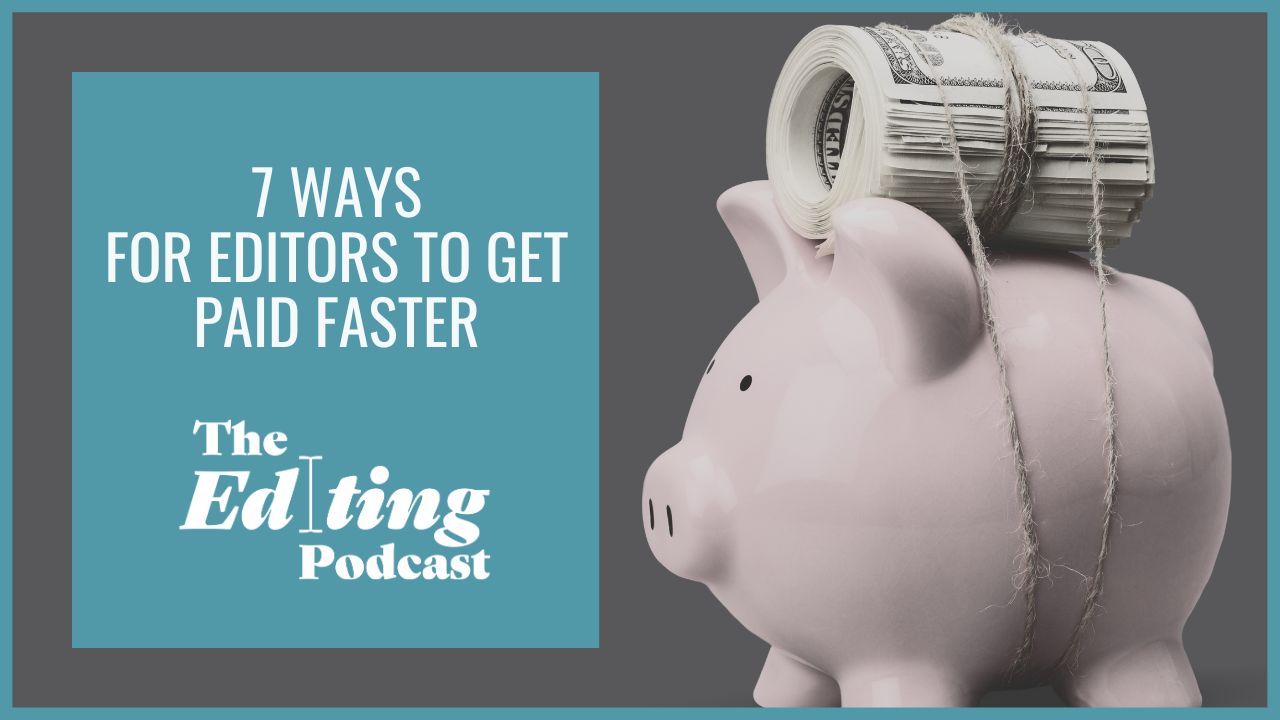
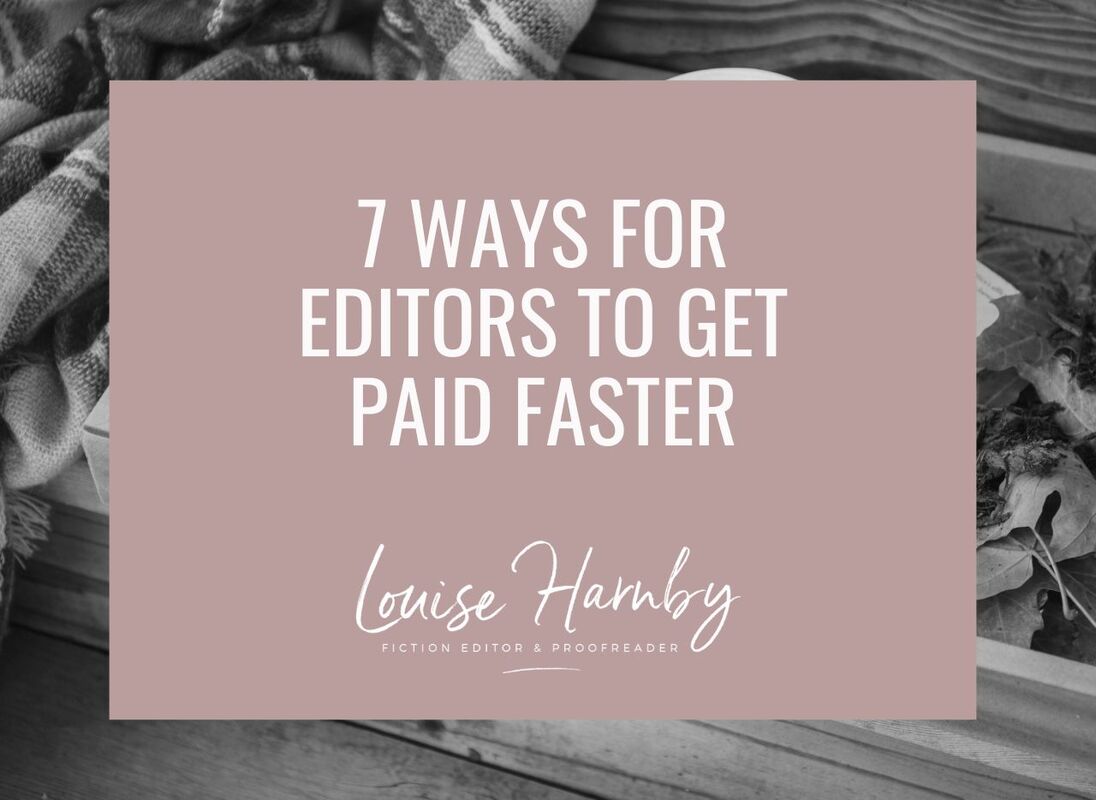
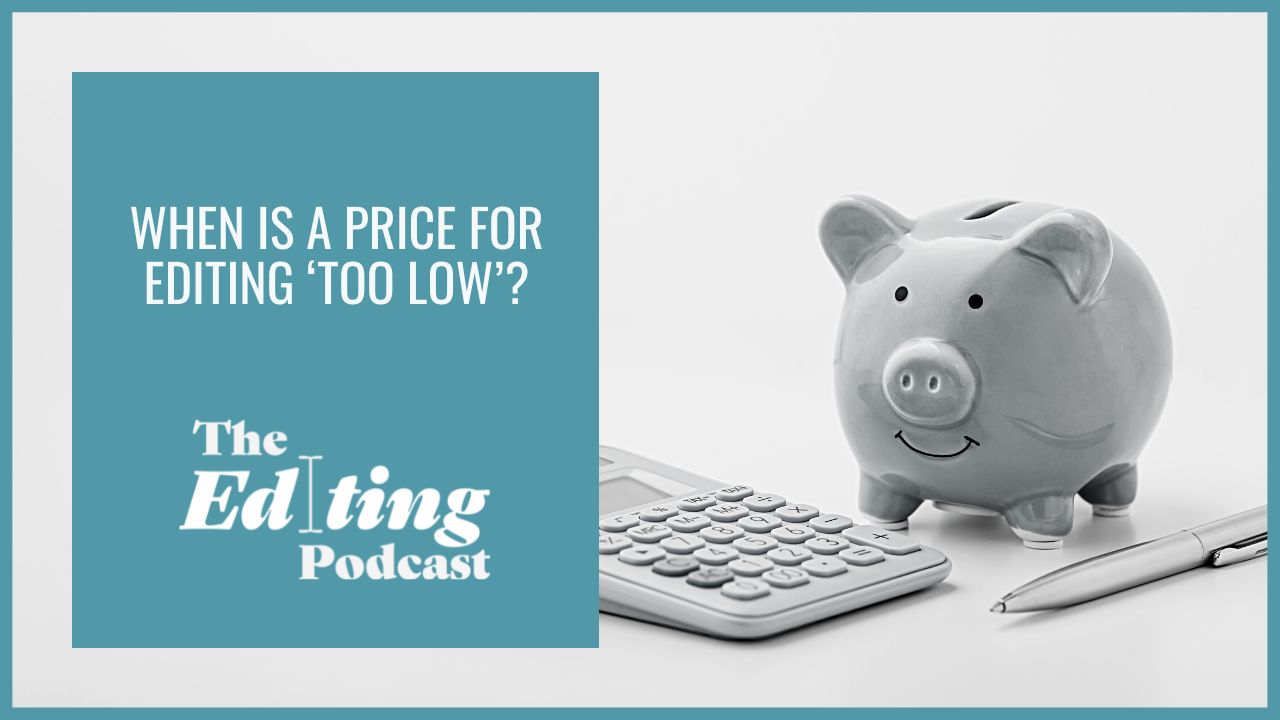
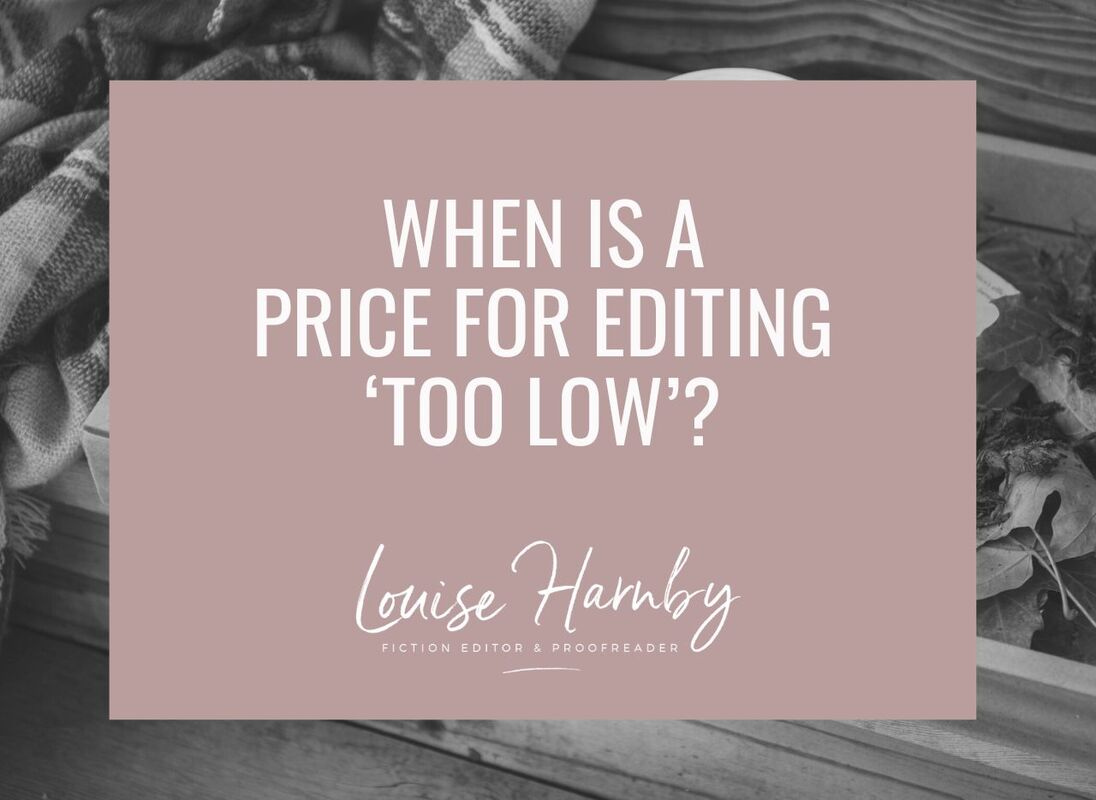
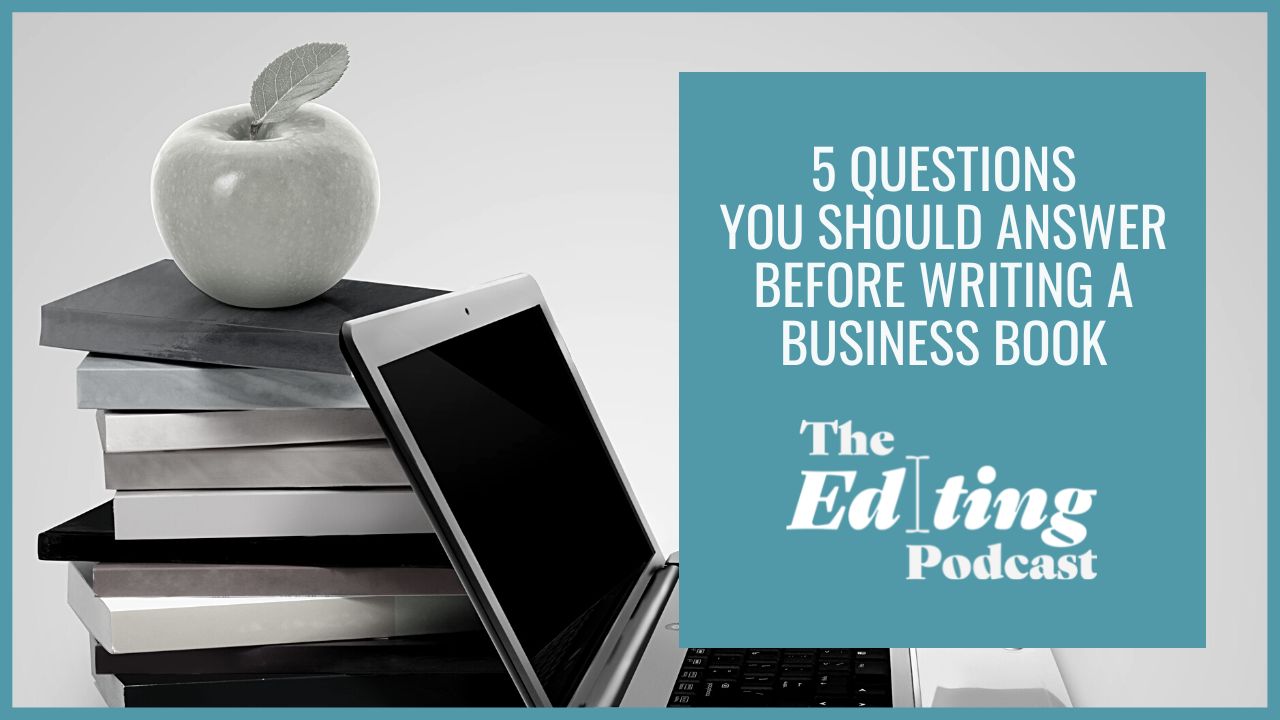
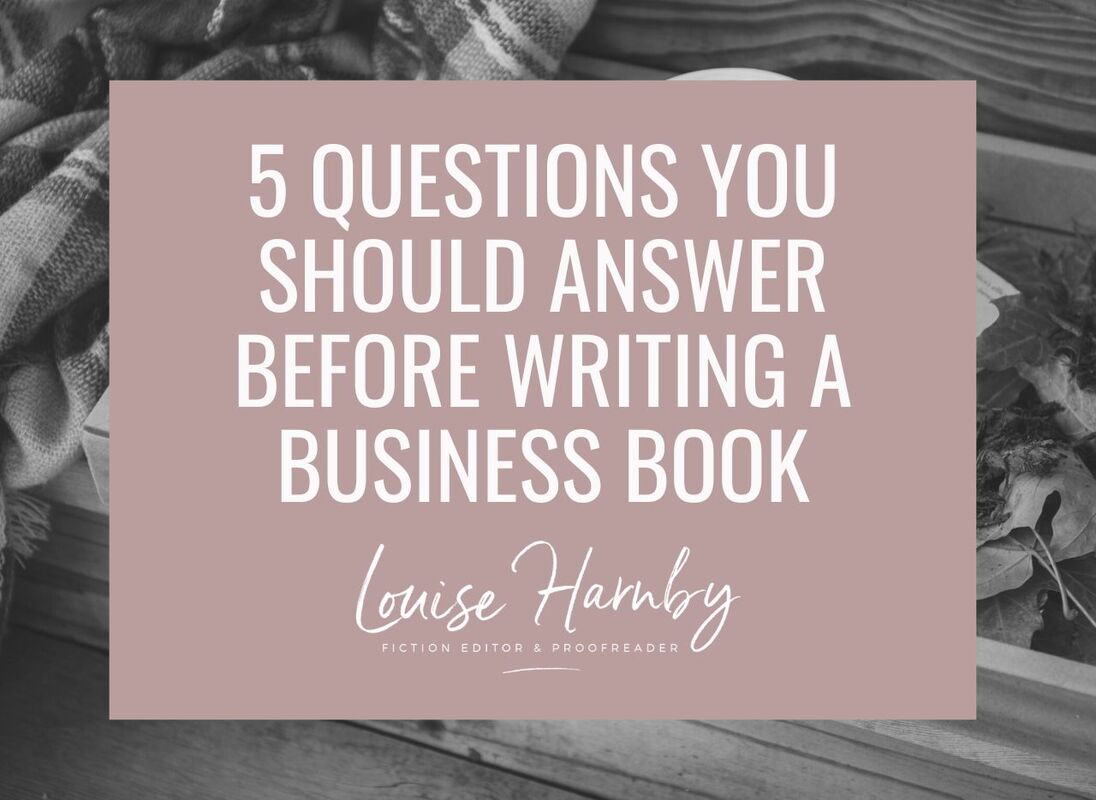
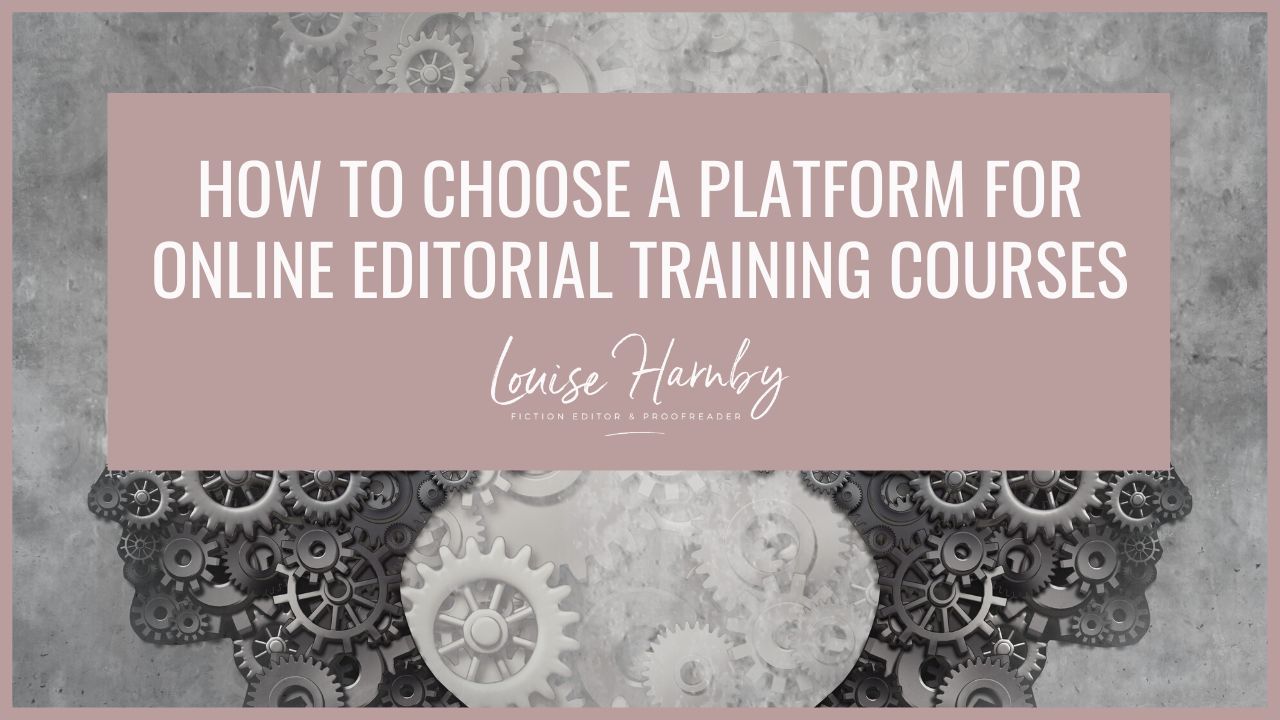
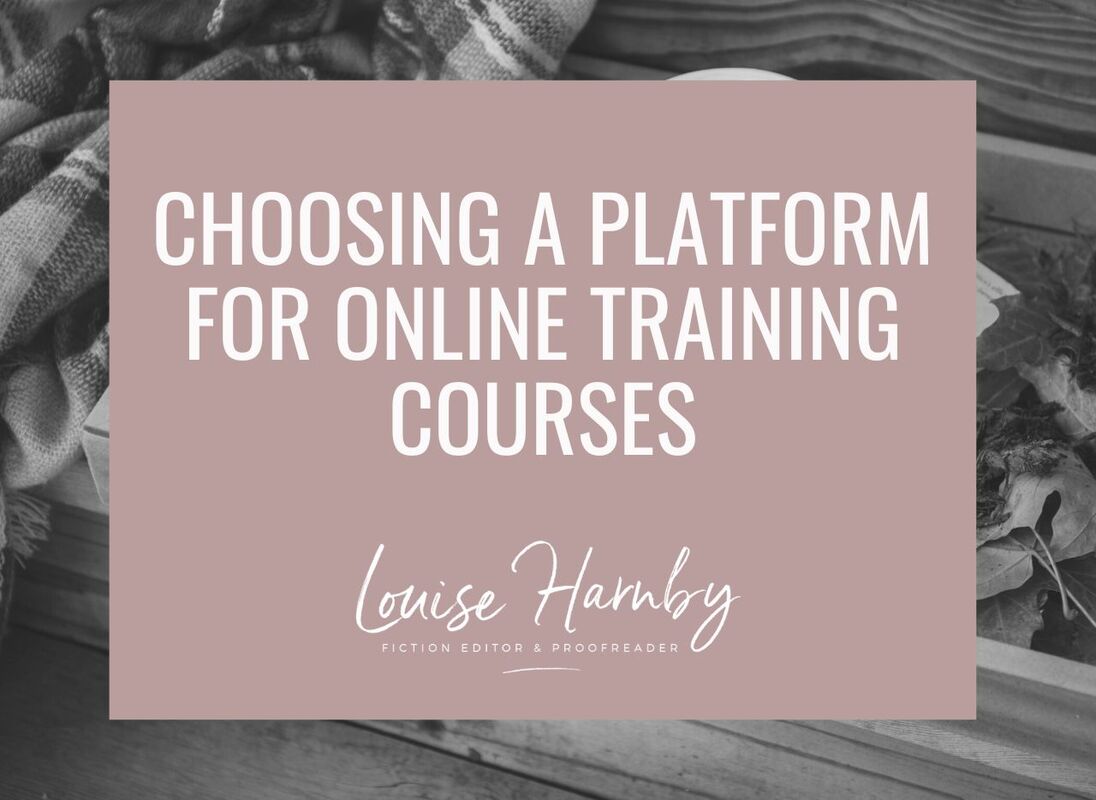

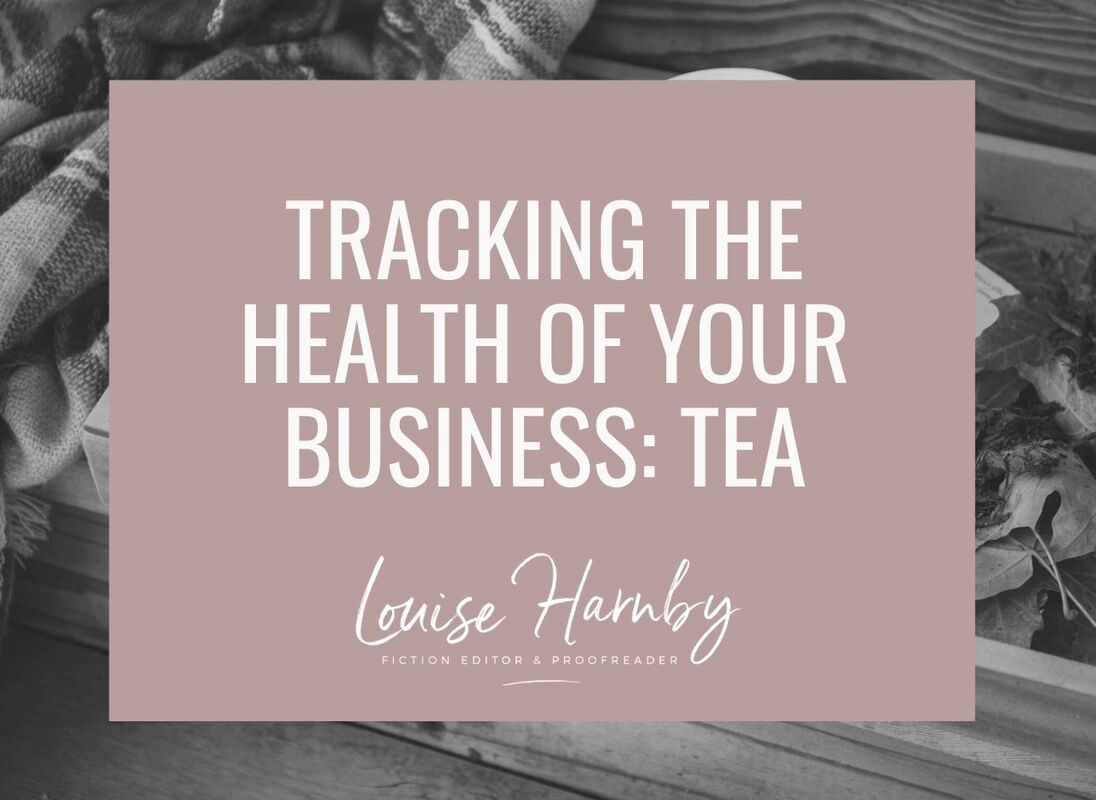



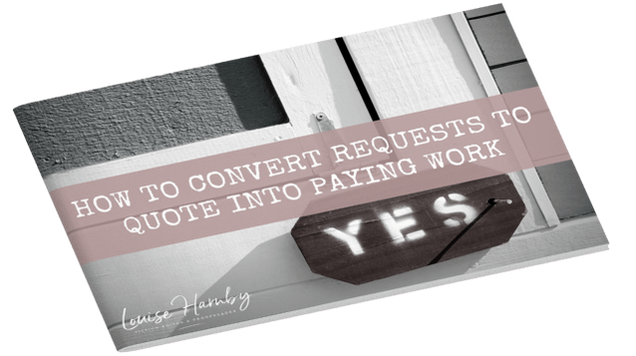
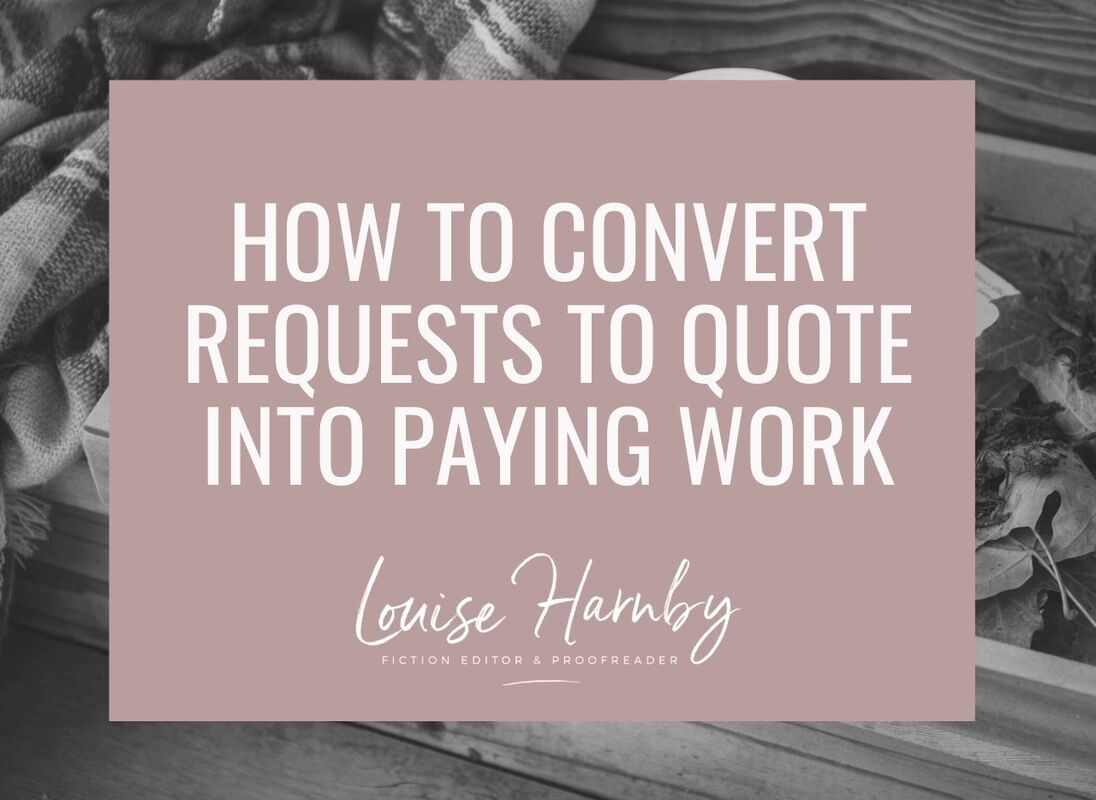
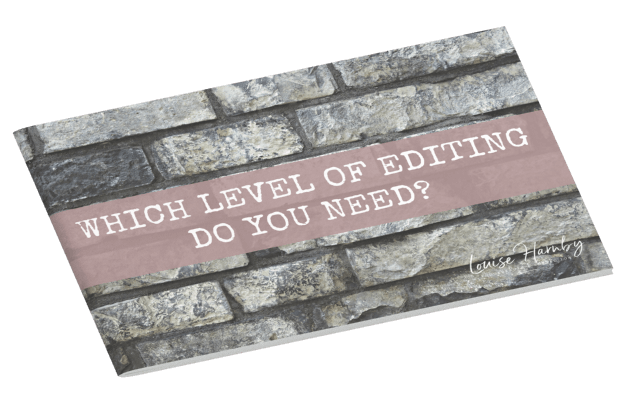
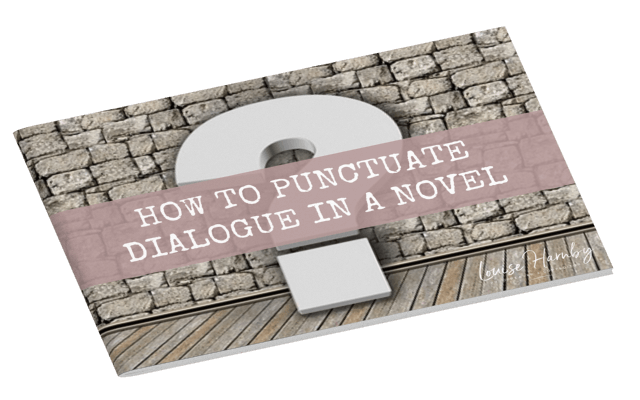
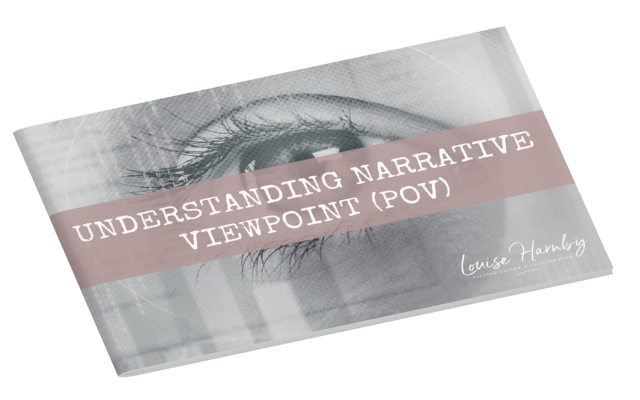
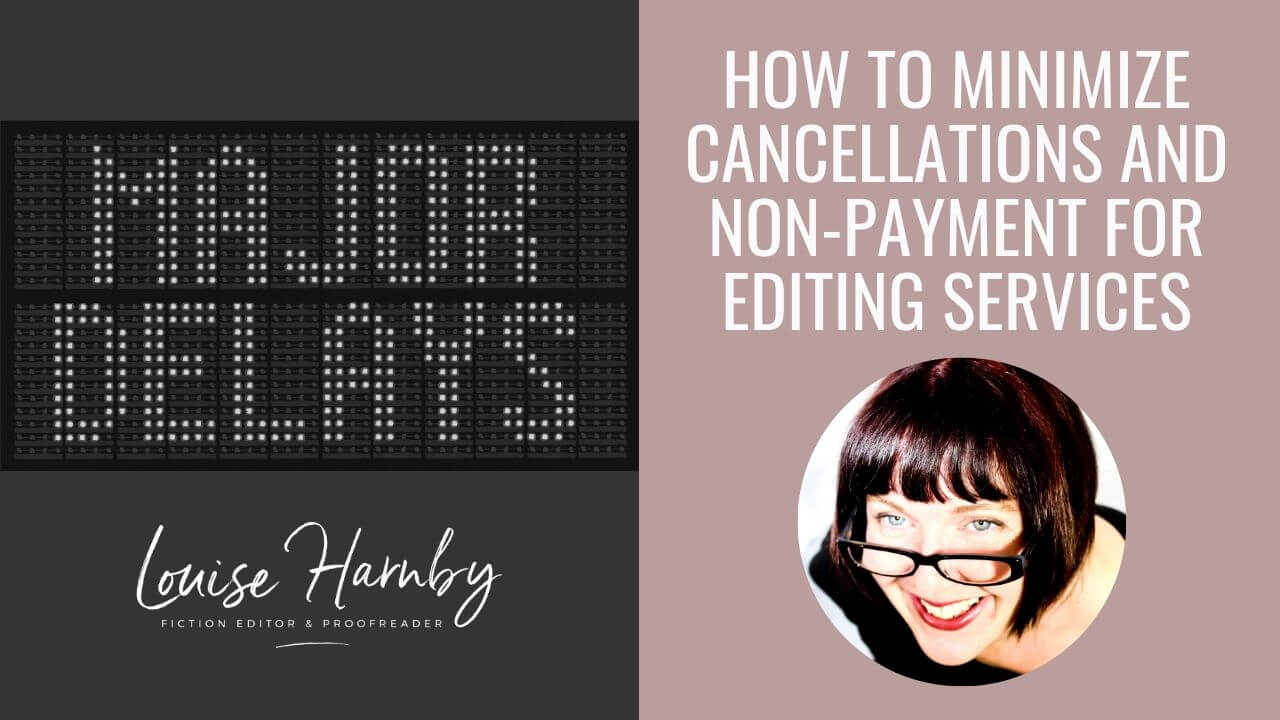
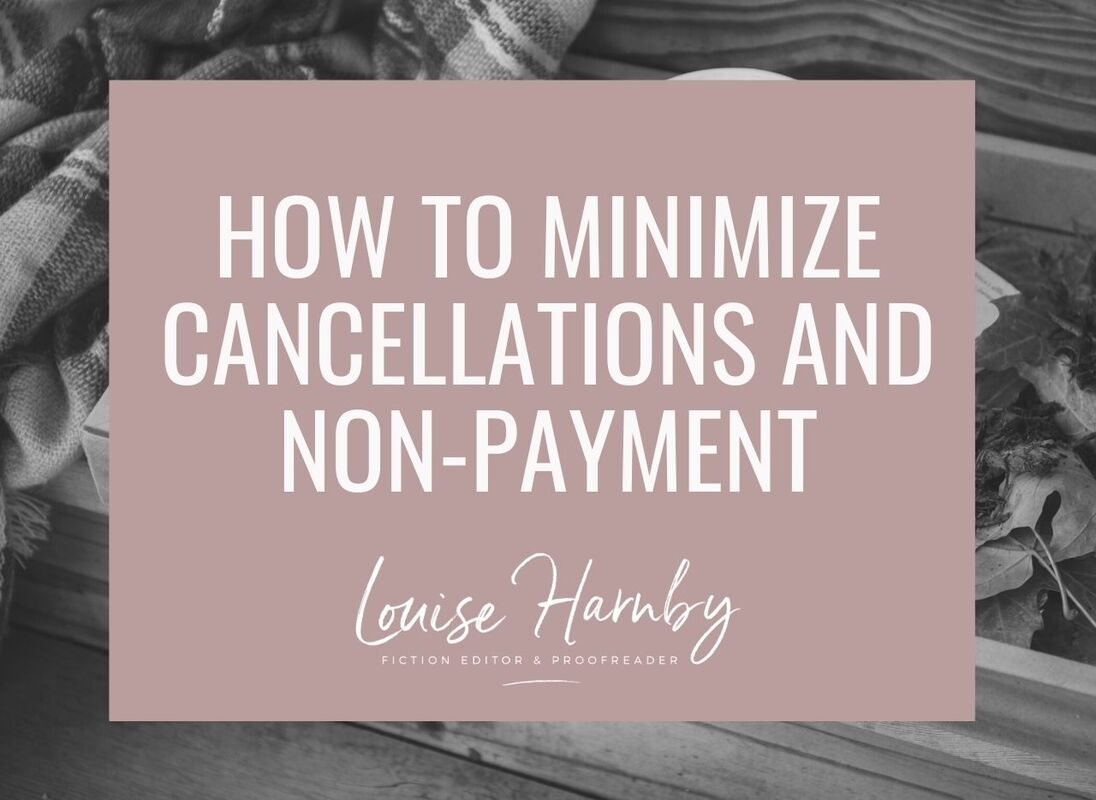
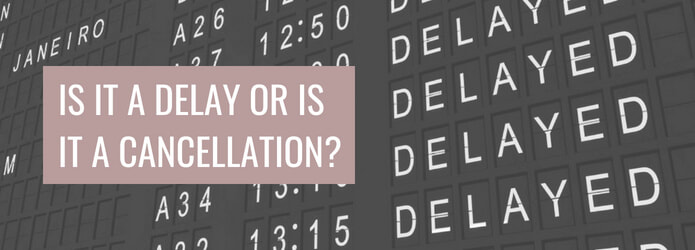
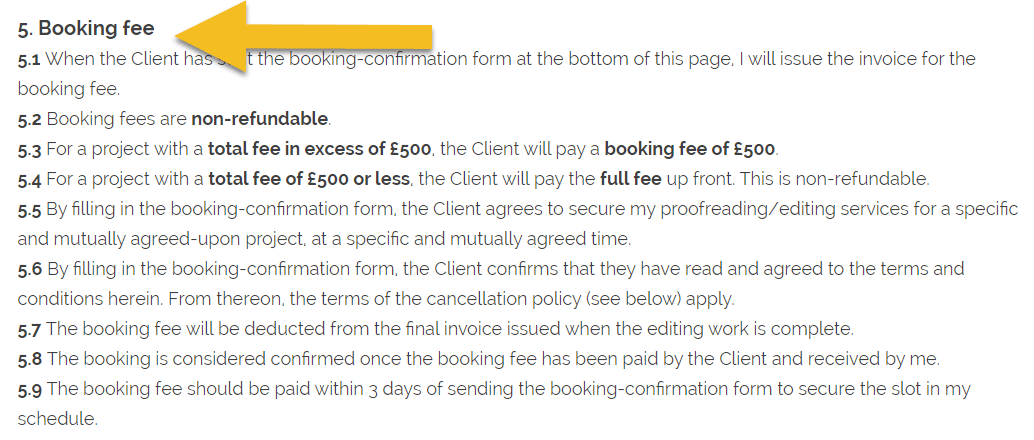
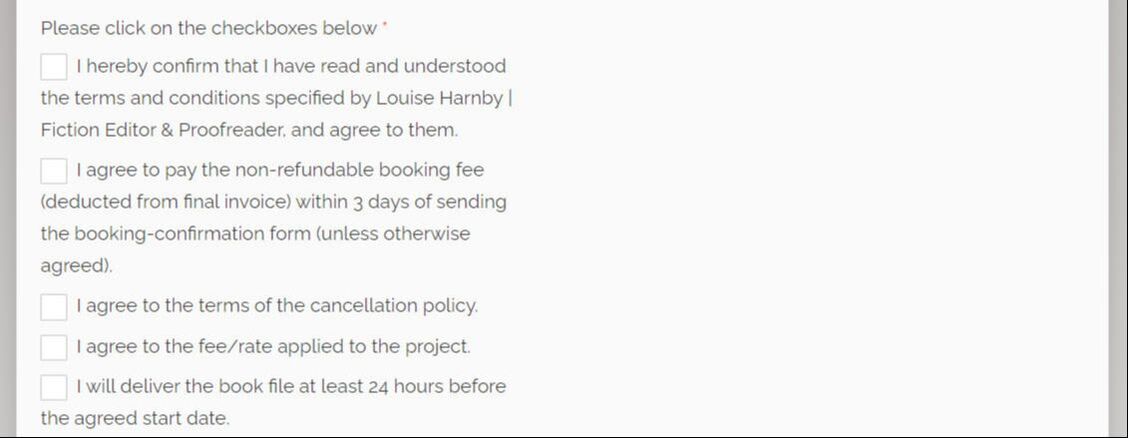


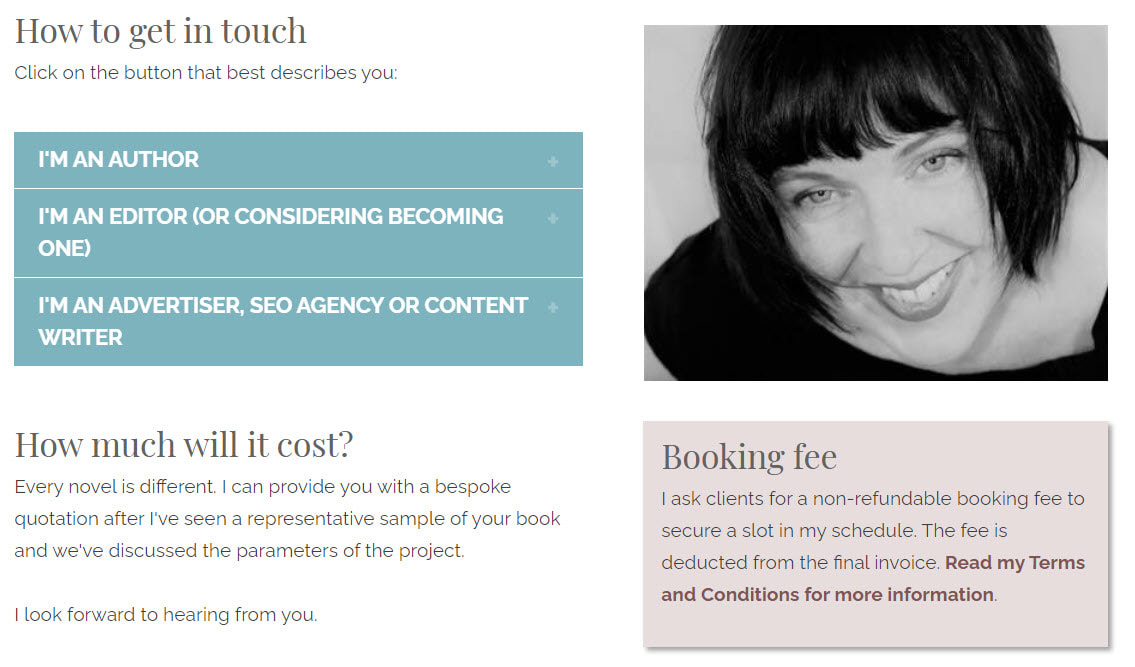
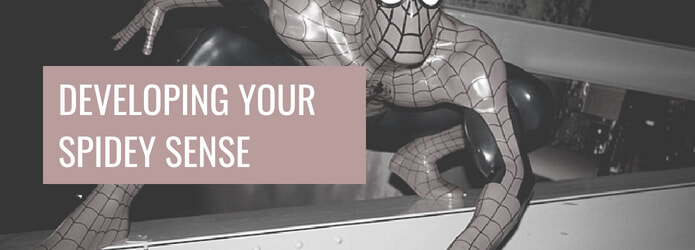


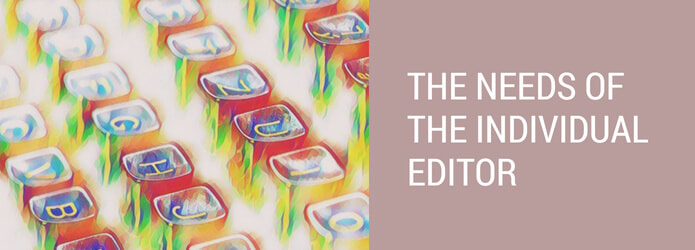


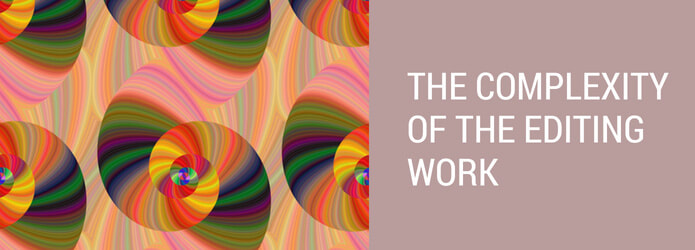
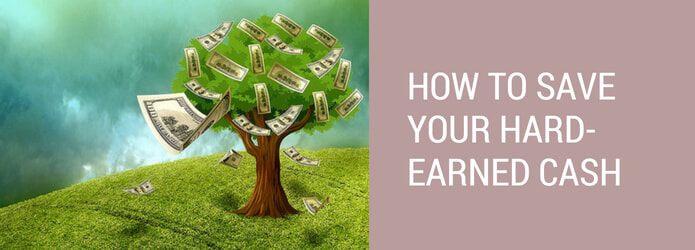
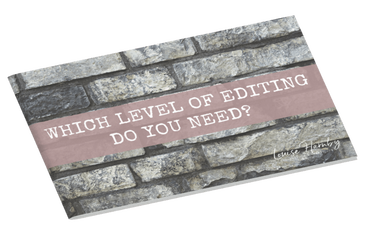




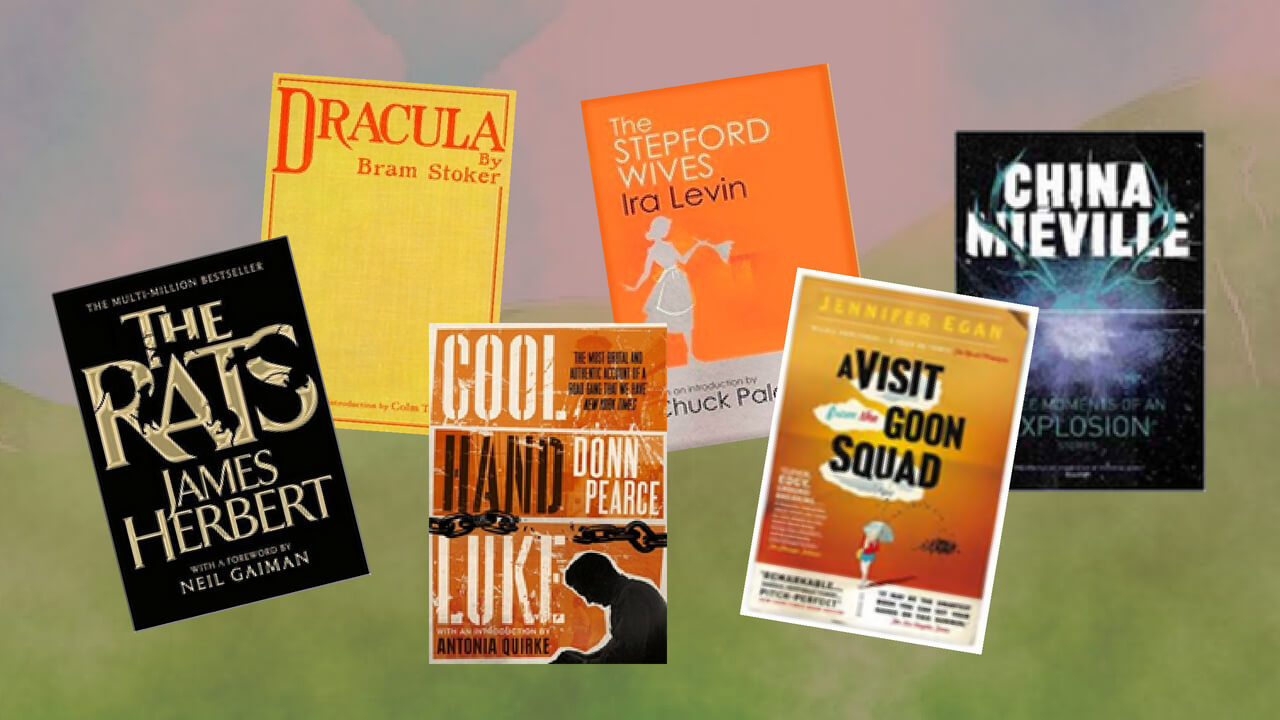
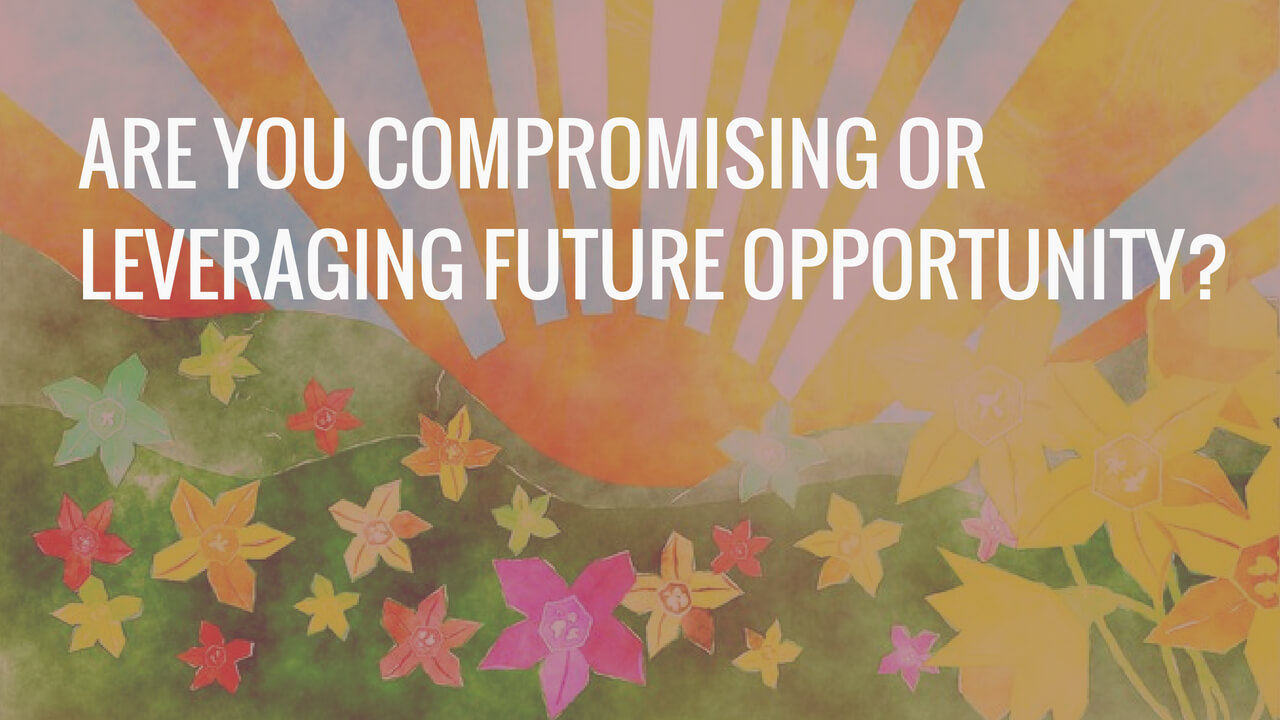
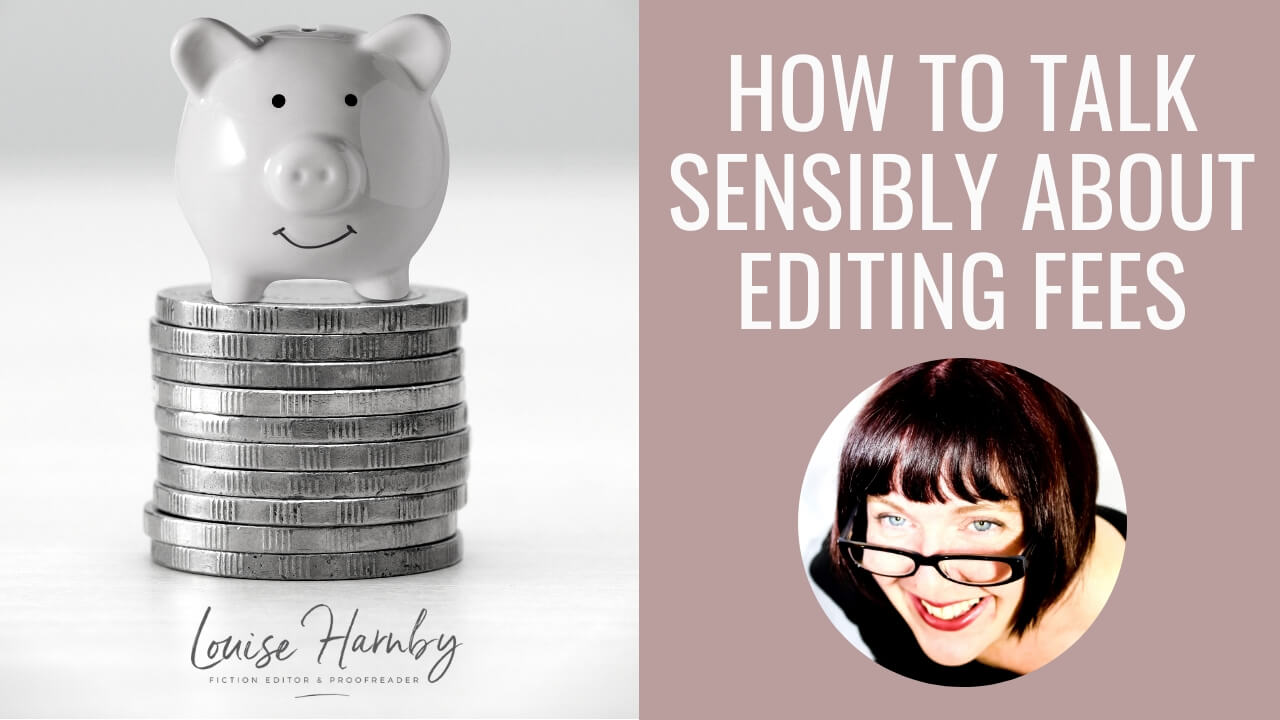
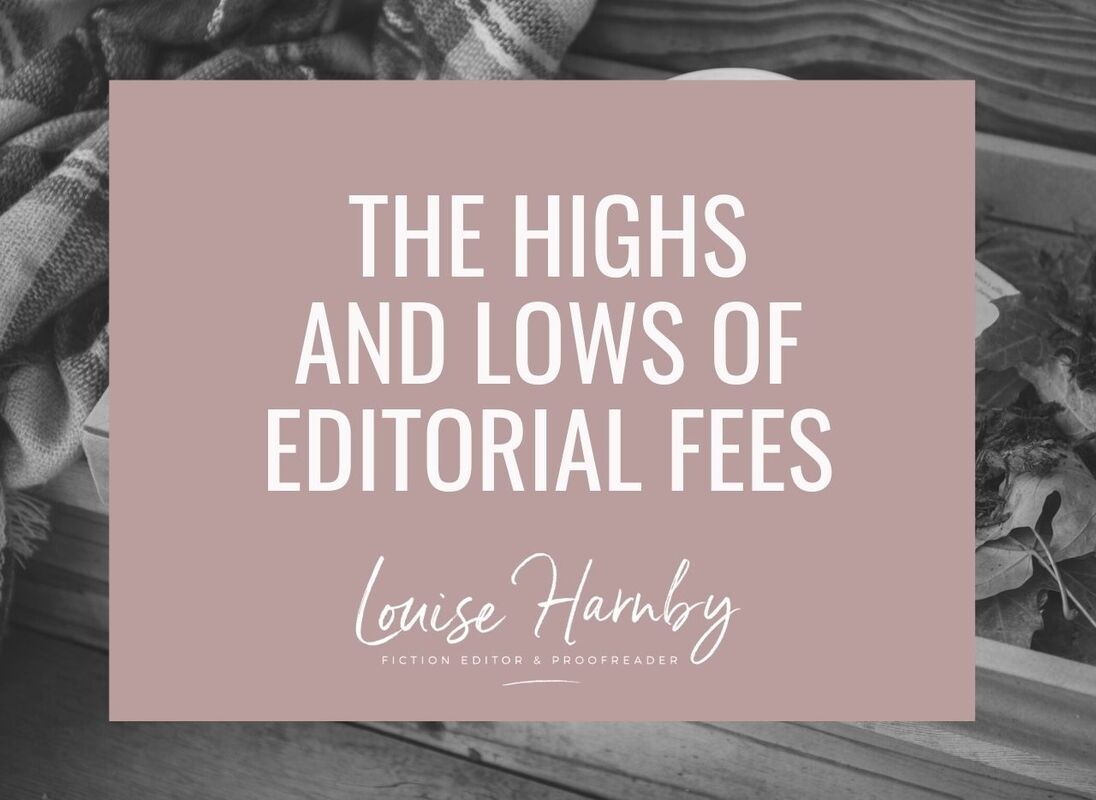


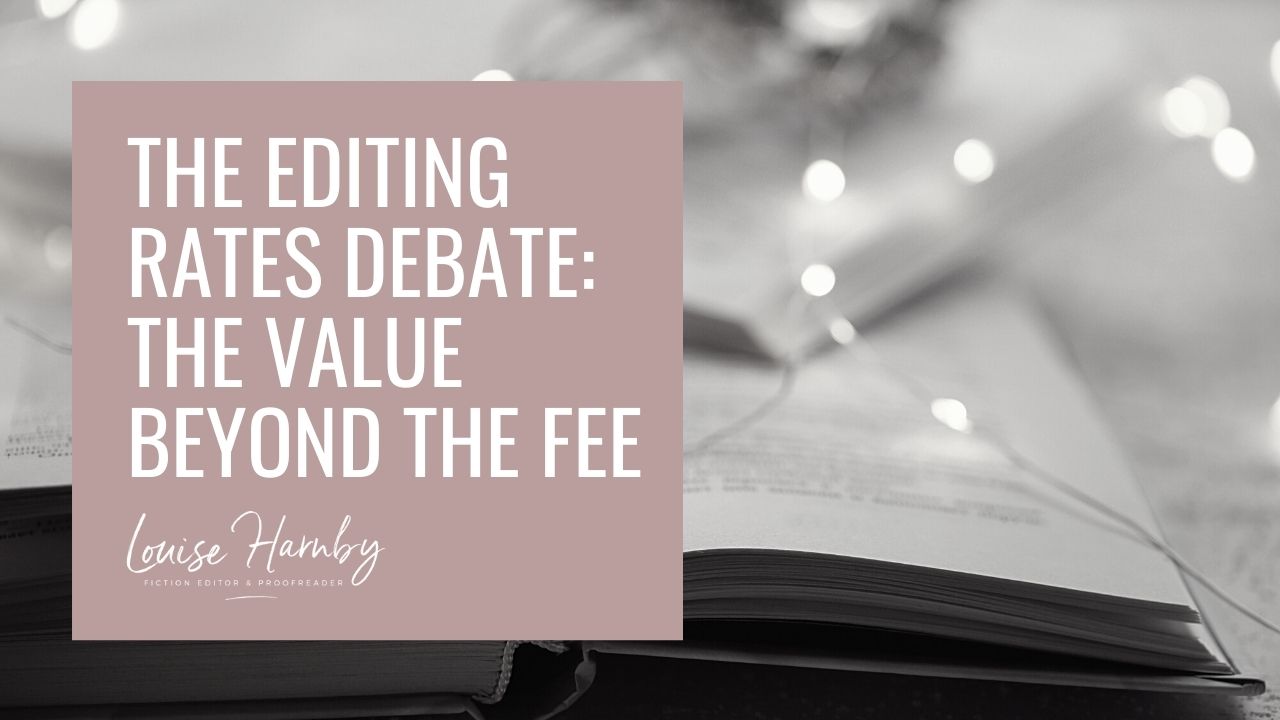
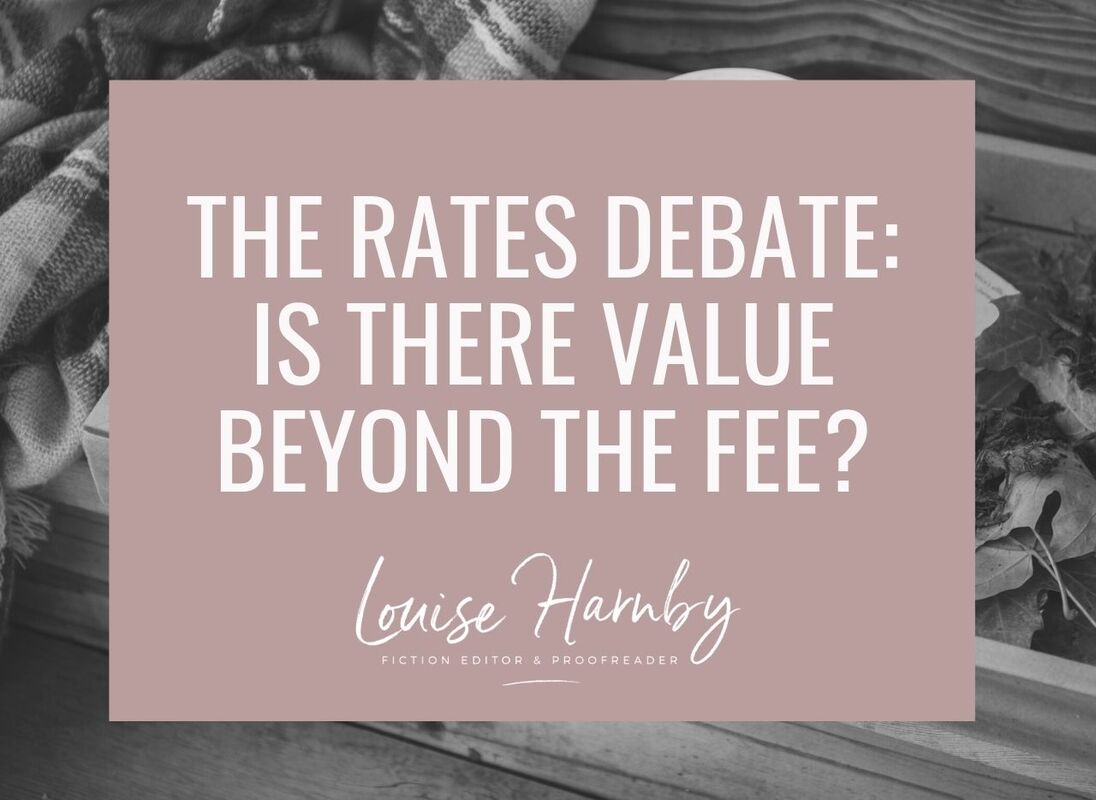
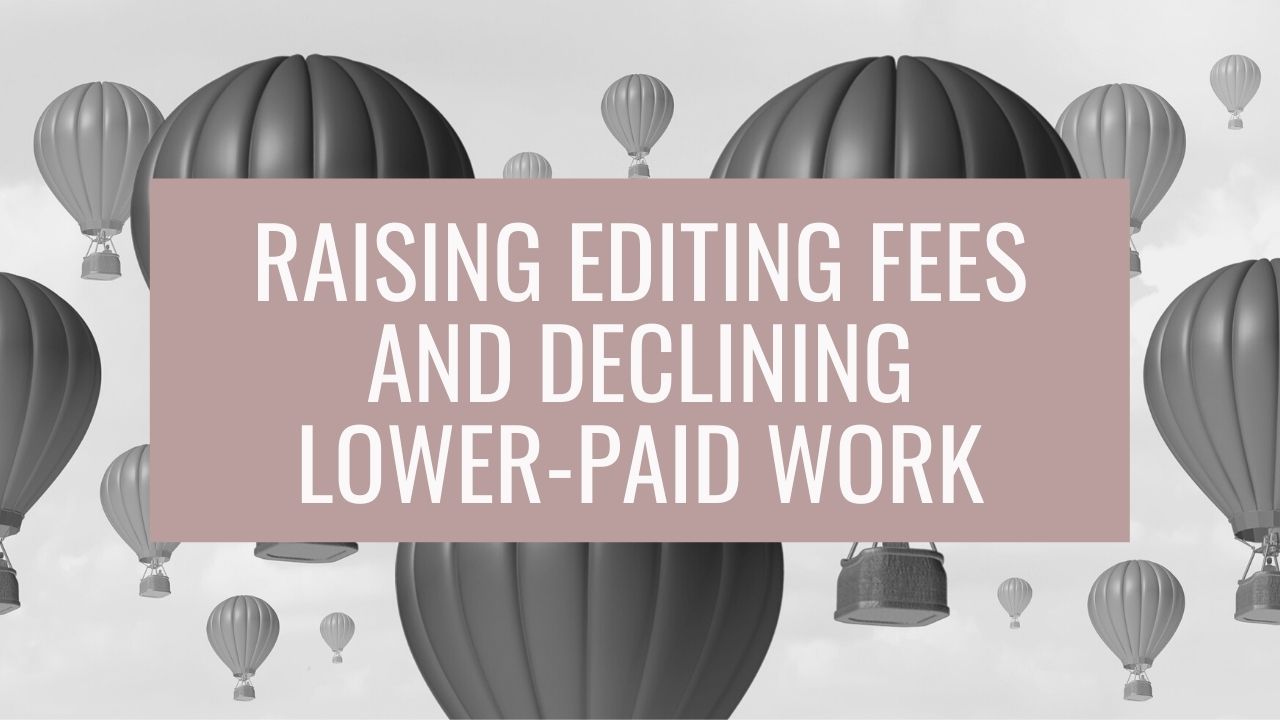

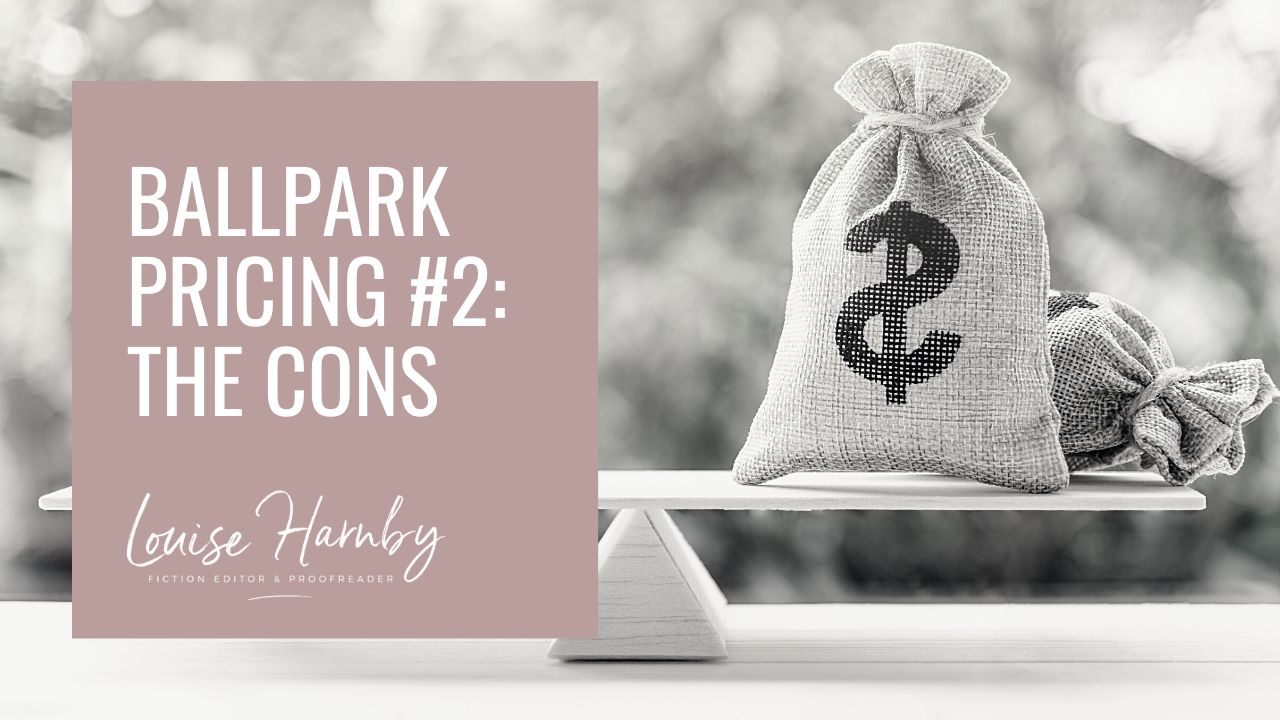

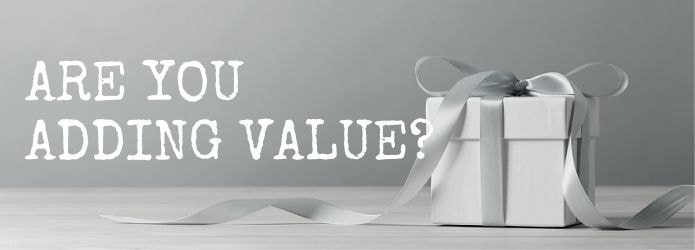
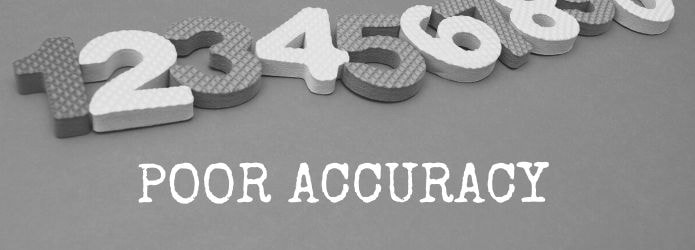
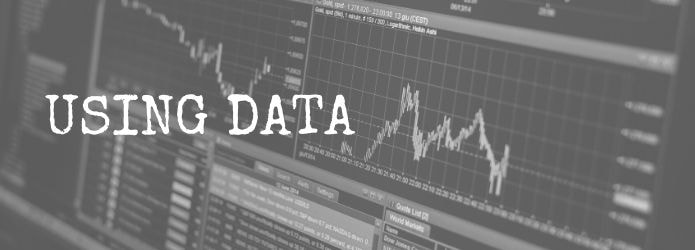

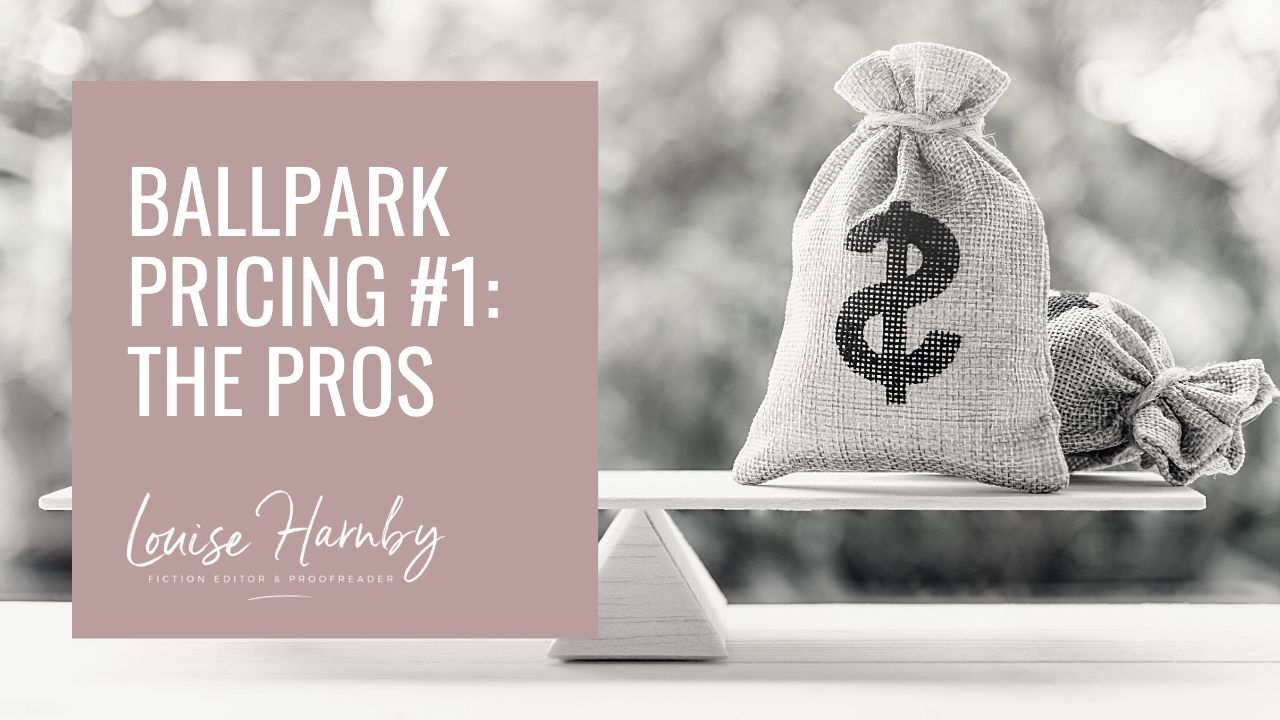
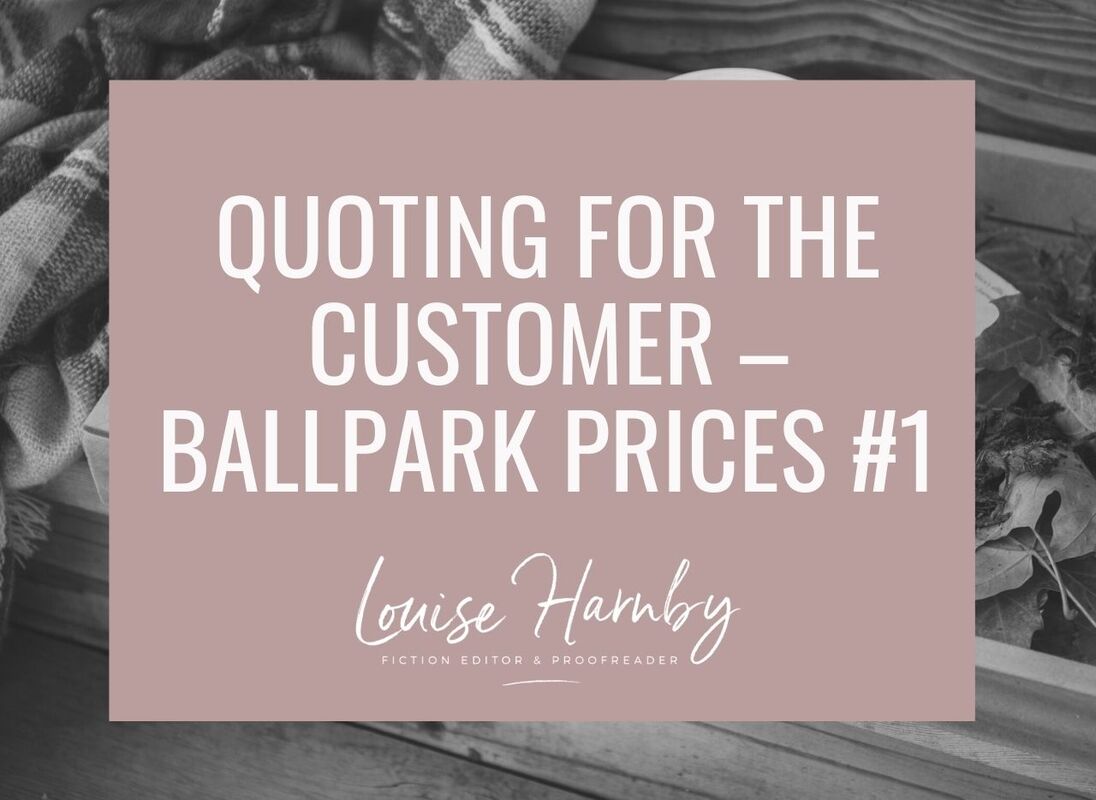
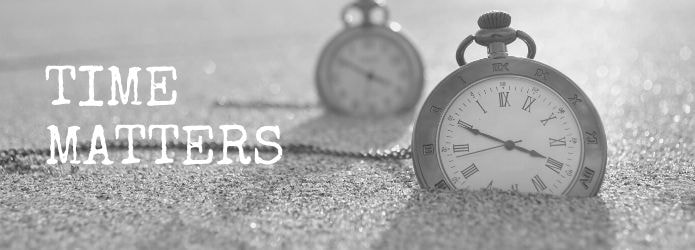
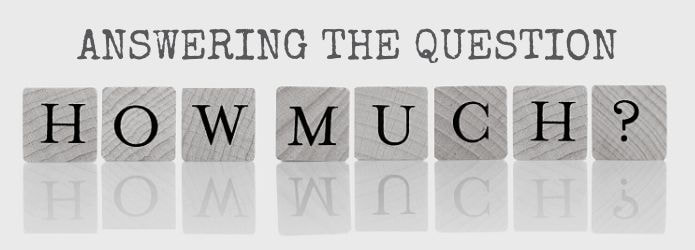
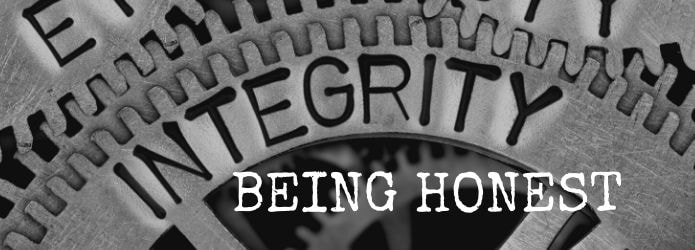
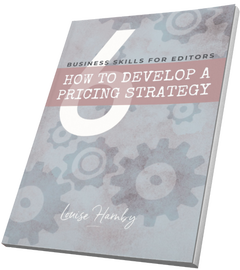
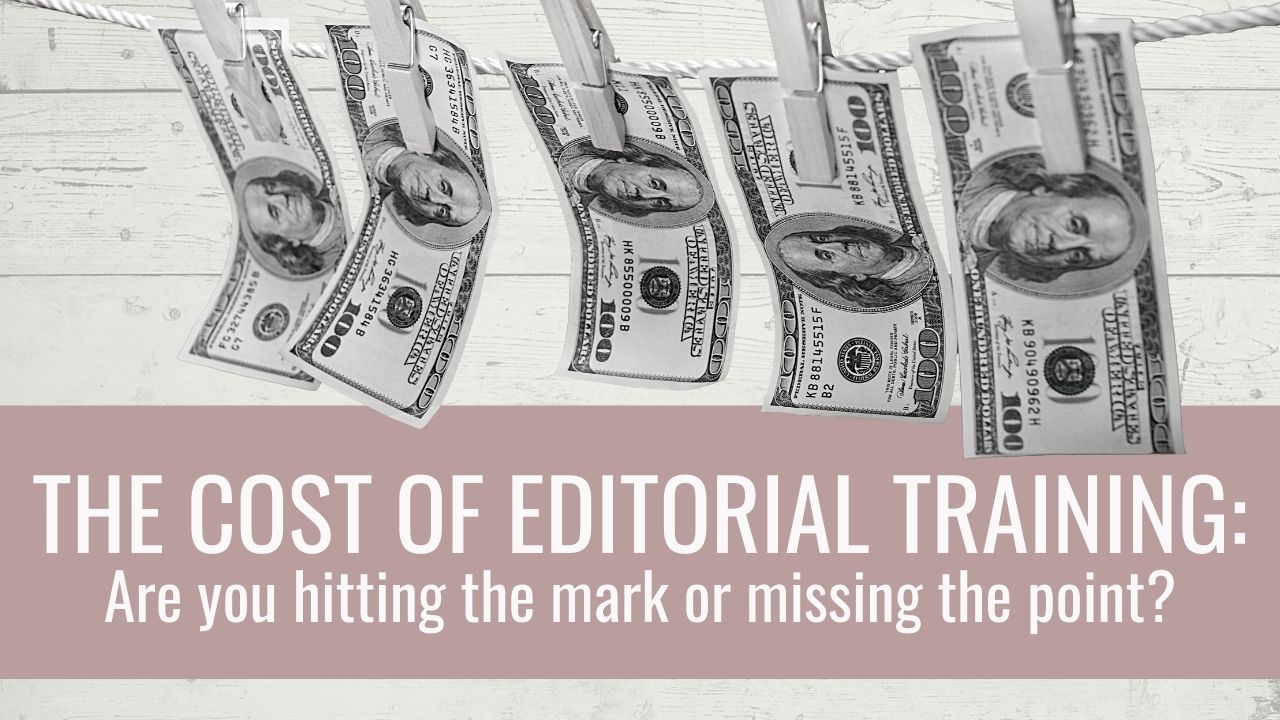
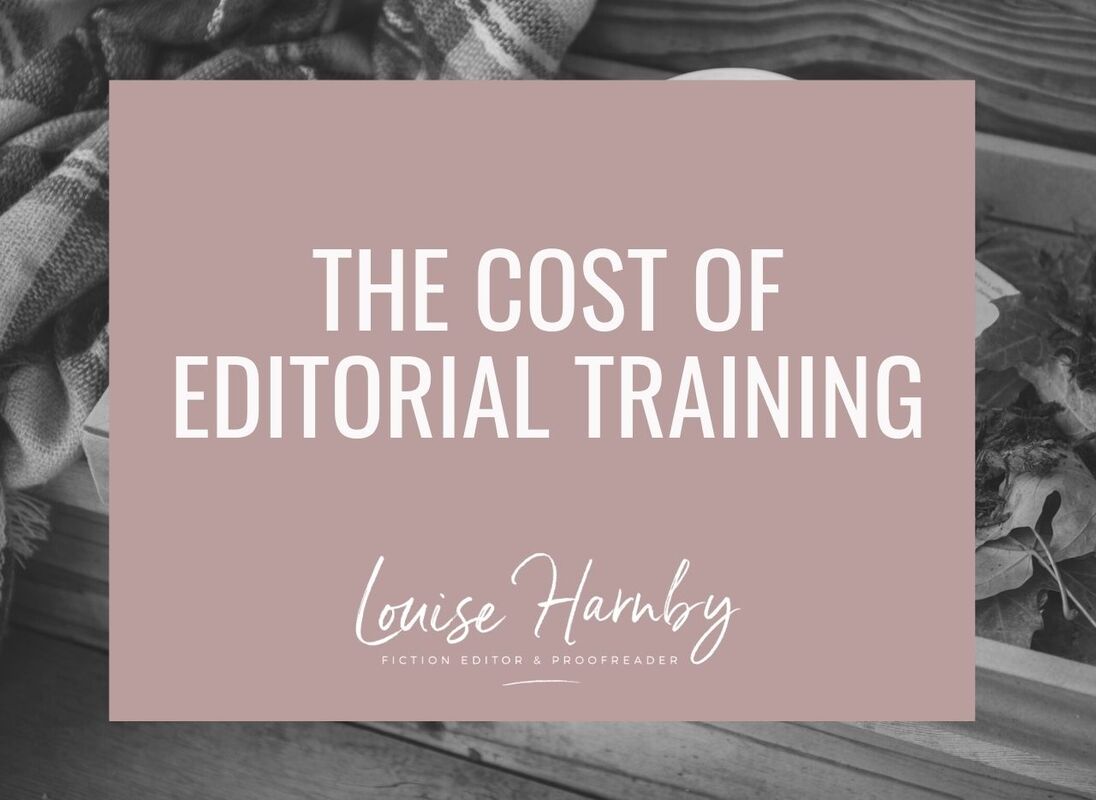
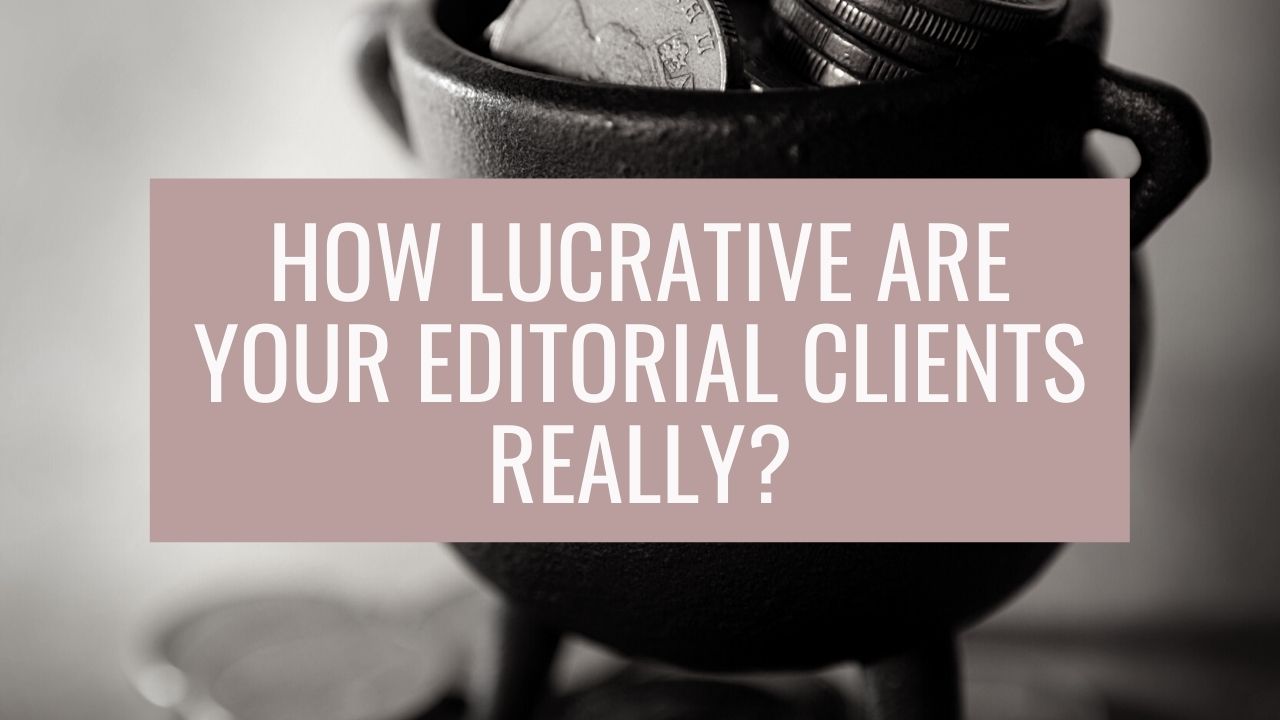
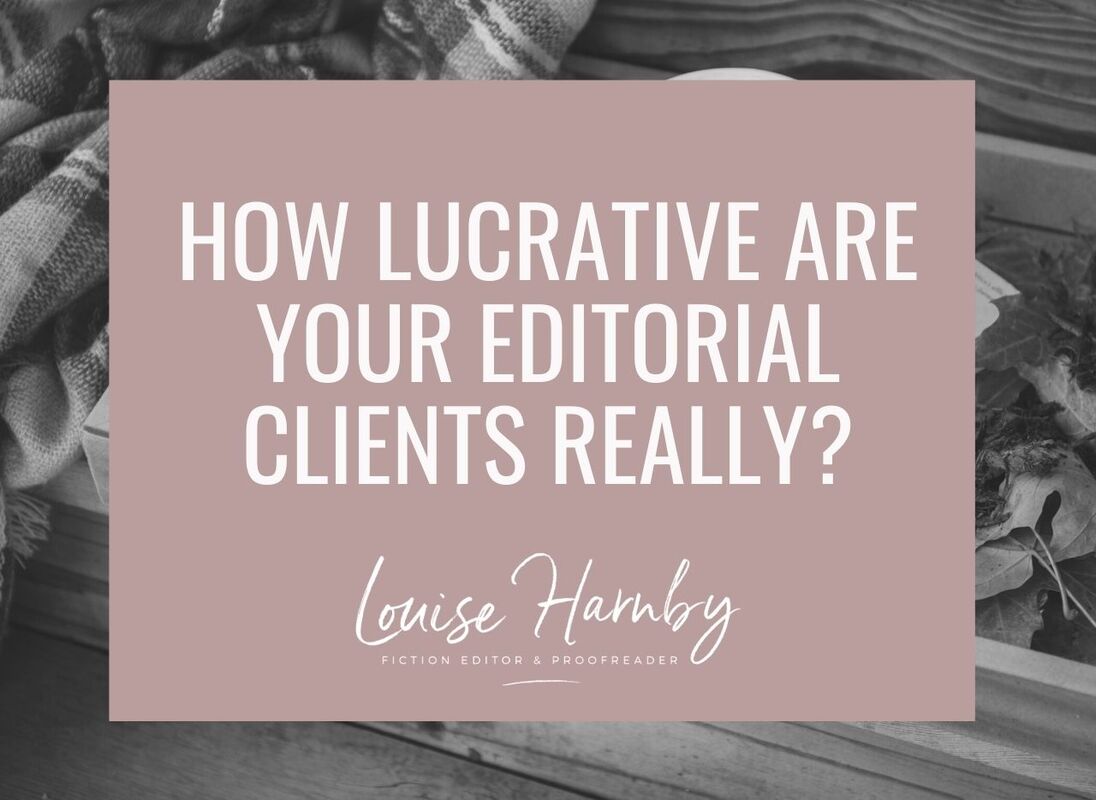
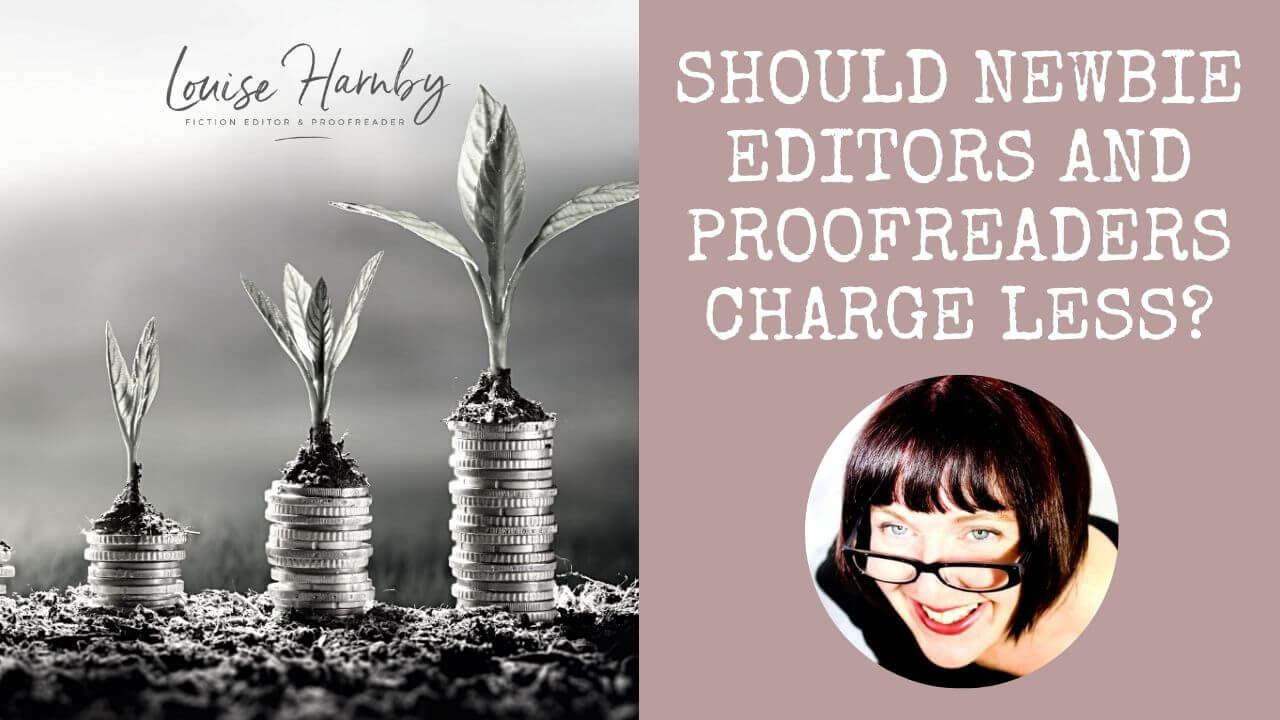
















 RSS Feed
RSS Feed





